|
By Nicole Harris
N: The piece you are building this year is a bit of a love letter to your kitchen. Can you talk a little about why dancing in your kitchen is so important to you? RR: Haha- yes, my kitchen. I have a number of reasons. One is that some of my silliest memories with my mom are of dancing together in the kitchen. In fact, one time she dipped me and dropped me but we were giggling so hard. It was awesome! I also have so many different memories in the various kitchens of my life- eating breakfast and listening to the radio while my mom blow dried her hair in the next room; making pies with my dad; the portable dishwasher I grew up with; sneaking treats like whipped cream or M&Ms when I wasn't supposed to; dancing around the island pretending we were on a 3 hour tour; making applesauce with my parents, my friends, my own family; hosting after Thanksgiving parties....you get the idea. I think most people have these kinds of memories. The kitchen may not be the central point of a home any more, but it is an essential point that everyone goes through every day. Then in addition to all of that, I keep exploring my own challenges with the kitchen and food and the essential life as the food maker for a child. A frequent question in our house- "What should we do for dinner?" "I don't know." "What do we need from the grocery store?" "Will you do the dishes?" "Is there coffee?" And I also have a love of negative space and reactionary movement- how can you dance with the refrigerator? Or the microwave? Since it won't be often that I can bring these partners to the stage, I decided to take advantage now. N: How have you been handling quarantine? What have you been doing to keep moving and creating during this year? RR: I am mostly at home- WFH, school from home, date from home, movies from home, dance from home...you name it! My house is all healthy but the pandemic has meant changes in parenting schedules. I have been learning how to do what I want while also seeing to my child's needs and letting him learn what I do and want to do. I made a playlist of dance videos I like and exercise to. We take walks and bike. My creation isn't always in movement- I have also completed 4 quilts, various projects with my son, and a fully online musical for kids. N: This year’s NACHMO is different than anything we’ve done in the past, with all events entirely virtual. How will you change your process to deal with the obstacles 2021 brings us? What is the first thing you did at the start of the month? RR: I did a lot of thinking- I usually do before choreography. I have a sense of what I want to do and think a lot. Then write a bit and explore. The challenge is finding time to video when I won't be interrupted!
N: Who are your mentors? What makes those relationships special to you? What are you doing to pay forward the gifts they have given you? RR: I don't have a specific mentor right now. I very much reflect on the classes and work I have done with Susan Creitz who was an improv professor of mine in college and a former Nikolais dancer. She helped train us to be very connected to the moment of the group so that we could improvise together and create beautiful work. I also respect the work of karen Krolak and her work on grief. I think it's incredibly important to explore all our grief and sometimes the best way to process is through movement. I also like the work of Peter DiMuro/Public Displays of Motion in creating work and choreography that is elegant and approachable to all people. I hope to bring these gifts through my work and to work and honor dancers who offer the same. N: It is important to us that we continue to lift up other artists in our community. Who are some of your favorite Boston area choreographers? Why? RR: As mentioned above- Karen Krolak and her work on grief and movement of the every day. Peter DiMuro for his work that honors places and stories. Kristin Wagner for her work with women and telling women's stories. Aysha Upchurch for her powerful storytelling. There are so many others....
0 Comments
By Nicole Harris
N: How have you been handling quarantine? What have you been doing to keep moving and creating during this year? SC: As an extrovert with a typically very busy schedule, quarantine has been really hard. I’ve tried to do as many walks and outdoor activities as possible, both alone and with friends and loved ones, in order to still have some social time (and lots of phone calls and Zoom chats). After some initial numbness/resistance in the early pandemic times, I soon started taking online dance master classes and yoga classes – and I started some online teaching in the fall which really helped me get back into the creative groove. N: What will you be making for NACHMO? Will you be working with dancers or on your own? SC: I’m making a tap piece based around one of my favorite pieces of classical-jazz music; I’m working on it as a solo. This year’s NACHMO is different than anything we’ve done in the past, with all events entirely virtual. How will you change your process to deal with the obstacles 2021 brings us? What is the first thing you did at the start of the month? This is my first time doing NACHMO, so I don’t have past years to compare to. However, I will do a LOT more improv/self-filming and then selecting aspects I like to build upon. I use my computer and phone to note my choreography ideas much more than I used to, even speaking steps and rhythms into Voice Memos! At the start of the month, the first thing I did was reflect quietly and listen to what inspired me – and pretty quickly, an idea came to mind that started with the music. N: A lot happens in a short amount of time during NACHMO. What are you most excited about in this process? What are you most nervous about? SC: I’m most excited about feeling the collective motivation and push to create something, and the opportunity to connect with other choreographers. I’m most nervous about actually creating something that I feel is “good” and interesting – not boring or “standard.”
These choreographers came to mind because they each have a powerful voice and commitment not only to making creative work, but also to building collaborative, loving communities. They are supportive of others and dedicated to making the Boston dance scene a thriving one. N: Who are your mentors? What makes those relationships special to you? What are you doing to pay forward the gifts they have given you?
SC: I had the joy of taking class with Dianne Walker over the past couple of years, pre-pandemic, and she is one of the most fun, funny, and nurturing mentors you will ever find. She is hugely supportive of the Boston (and global) tap scene and encourages all of her students with such love! Most recently, another wonderful mentor has been Brenda Bufalino. I took a virtual course with her in the fall, which launched into individual mentorship, and she has shared so much insight, not to mention tons of information and resources to help shape my process and work. The fact that someone so amazing (she has done so much in her life!) is willing to share her time – on Zoom, no less – with younger creators just shows how generous she is! Also: my mom has been one of my mentors! She is also a tap teacher, and has continued to coach and support, and to share her ideas with me as we both navigate the world of teaching virtually. I hope to pay it forward by teaching my own students with the same encouragement and openness that all of these women bring to the table – or tap floor. By Nicole Harris One of my favorite things about NACHMO Boston is the number of new people I get to meet! It’s so exciting to watch our community strengthen and grow every year! Here is Jennifer Binversie, a NACHMO first timer! Learn more about Jennifer, NACHMO, and follow the #MonkeyhouseNACHMOChallenge by following us on Instagram! N: You have done a lot of teaching in your career. What is your favorite thing about being an educator? What do you hope your students can take away from their time with you? JB: Teaching is my passion and my strength. It amazes me how our job as educators is to make our dancers better than the generation before then because we have that much more information in us then our teachers had in them! I hope my students take away an appreciation for the art of dance. I teach dancers varying from outreach programs to classical ballet schools and I always say that if after all of this you decide you don’t like dance at least when you see dance on the stage you have an appreciation for the art and an understanding that what those dancers are doing is not easy and in the very least you give them credit for that. N: How have you been handling quarantine? What have you been doing to keep moving and creating during this year? JB: My creative dance juices turned into creative knit juices. I became a test knitter for an amazing knitwear designer Knit Sisu. I learned how to cross stitch. Took up a new language and even took golf lessons because I just never learned! N: NACHMO brings unusual challenges to our creative processes and this year adds a whole new slew of things to think about. How will you change your process to deal with the short timeline and the obstacles 2021 brings us? What are you most excited about in this process? What are you most nervous about? How are those things different than years past? JB: This is my first year with NACHMO as I identify myself as a dancer and dance educator. Choreography does not come easy to me so already joining NACHMO was a huge step for me and I’m already nervous! I’m really falling back on different exercises I learned in college at the University of Hartford to help me out. With the choreographic prompt of “searching for Joy” I have been writing down all the things that have made me happy over this last year and surprisingly there are more than you think! N: Who are your mentors? What makes those relationships special to you? What are you doing to pay forward the gifts they have given you?
JB: It’s amazing to think about all the people that have impacted you in a positive way and they don’t even know they did! When I moved to Boston three years ago I was so lucky that I was taken in by a supportive female ran business at Upward Spiral Studio and then followed by my Education and Community Initiative family at Boston Ballet where I have learned and continue to learn so much from teachers like Erin McNulty and Mary Teuscher. Never have I felt the importance of the statement, females supporting females then I have during my time here in Boston and I make it a priority to continue that mentality whenever I can be it via the dance community or otherwise. N: It is important to us that we continue to lift up other artists in our community. Who are some of your favorite local choreographers? Why? JB: I have worked with dancers of NSquared twice now and they never disappoint when it comes to feeding off of each others energies on stage. I also love watching pieces and taking class from choreographer Jenna Pollack. And of course another shout out to choreographer Erin McNulty as I worked with her in a contemporary music video she choreographed for. By Nicole Harris January is National Choreography Month. We are working with NACHMO Boston again this year. I can’t wait to introduce you to all these incredible artists! First up is Alexandria Nunweiler from Alive Dance Collective. Follow NACHMO and Monkeyhouse on Instagram to learn more about this month’s events and participate in the #MonkeyhouseNACHMOChallenge! N: Your work is described as being “rooted in community, history, and daily life.” What does that mean for you? How do you involve those things in your process? AN: As the Alive Dance Collective we create dance for the human experience. We use that art to process and connect with others to better understand each other and grow as a community. Connecting that overarching theme to me and my process, I root my work in relatability and storytelling. Whether that be something as universal as your arm falling asleep, or the life of Henri Matisse, or the lore surrounding the Loch Ness monster I seek to surprise and connect with my audience on every level. N: I understand you grew up in a dance family. What was it like to be part of a studio owned by your mother? How did she impact the dancer you became? AN: Great question! I see my mom as the center pillar in my dance training and a wonderful mentor to how I create and teach today. I always refer to myself as a "studio brat" because I did my real growing up in a studio... and when I say "growing up" I mean from the womb until high school graduation-- my mom was still rolling around on the floor teaching Graham technique 9 months pregnant with me! My mom put a strong emphasis on education as well which pushed me to pursue my college degree in dance. I regularly return to Dance Theatre of Greenville to set work for my mom's students, teach master classes and attend performances. She runs a truly special program in the upstate of South Carolina and many (including me!) have benefitted from her education, approach and experience. N: This year’s NACHMO is different than anything we’ve done in the past, holding all events entirely virtually. How will you change your process to deal with the obstacles 2020 brings us? What is the first thing you will do when the month begins?
N: Alive has been part of NACHMO for many years, and you performed in 2020, but this is your first time choreographing for NACHMO. What are you most excited about in this process? What are you most nervous about?
AN: I am most excited to take on the challenge of a new work in one month. I love the open-endedness of NACHMO and that as long as you're creating you're right. Additionally, being a somewhat new member of the Alive Collective, I'm nervous/excited to work in the group as a choreographer for the first time and make something new with them. N: Who are your mentors? What makes those relationships special to you? What are you doing to pay forward the gifts they have given you? AN: I lean a lot on my mom as a mentor and I will be paying that one forward for the rest of my life. Outside of that relationship, I rely on a lot of peer-mentors. One person in particular is my collaborator Ashlea Sovetts who I am currently working with on a research project. She is the ultimate sounding board and creative yin to my yang. I'm able to pay this forward by participating in things like NACHMO where peer-mentorship is encouraged and growing the tightness of the dance community is a must. N: It is important to us that we continue to lift up other artists in our community. Who are some of your favorite local choreographers? Why? AN: Kristin Wagner has been a real inspiration to me personally. Her work is always so truthfully raw and I'm constantly reminded to dig deeper while working with and watching her. I'm also very inspired by Brian Feigenbaum. He really gave me my dance family in Boston when I first moved here and started showing up to his classes. He is so gifted in a way that transcends words and makes movement the only language that matters. Sam Mullen: You have a lot of choreography that is now being performed by other company members. What has it been like to teach the choreography to each dancer? How does it feel to see your work being performed by each person/personality? Nicole Harris: While we all come from different backgrounds I think one thing that is universal within Monkeyhouse is that we are all interested in seeing how a piece changes as it is performed by new bodies with new personalities and experiences to draw from. Our goal is never to have someone mimic the choreographer but to find their own voice within the work. It's why almost every piece is choreographed in collaboration with the dancers and you'll never quite see the same piece twice. Some pieces, when they acquire a new performer, stay within the same movement vocabulary and the changes come out in tone and texture. Other pieces add, subtract or replace phrases based on the needs of the new performers. Some pieces retain their concept or story but it ends up being told in a completely different manner. I was actually just talking about this last option with Caleb last night. One of the pieces I have restaged for this show is a duet that was originally performed by Caitlin Meehan and Nikki Sao Pedro-Welch. (For this show it will be performed by me and Sarah Feinberg.) The structure of the piece is largely one phrase that gets repeated and manipulated over and over with a final section of partnering between the two characters. In watching Sarah learn and develop her version of the piece I thought I would love to take the same structure but allow the dancer(s) to create their own phrase as the base of the movement instead of just adapting my original phrase - as Sarah and I did. When I first took this piece out of hibernation I had thought that it would be an interesting one to add to the series of duets Caleb and I have been performing, only the vocabulary of the original choreography is completely different than the vocabulary that comes out of where our two movement backgrounds meet. But the integrity of the piece won't change at all if the choreography of that main phrase is completely different. Karen talked quite a bit about restaging Firk II with you and Olivia so I'll skip that one. The last piece I restaged for this show is a solo I created in 2011 with Caitlin Meehan. I have actually taught this piece to two different dancers (Caleb from Monkeyhouse and Julien, my student at the Groton School) in the last few months. In both cases it was much more of the first method I mentioned above. The choreography, which was originally created through improvisations with Caitlin, has become now a set series of gestures. However, the piece is entirely about the personality and idiosyncrasies of the character in a very real and relatable situation. So, despite there being a written list of gestures that defines the structures, Caleb and Julien each had drastically different (but equally amazing) interpretations of the piece. SM: You have two duets with both Caleb and Sarah. What has it been like working on the duets with each person? Are the duets similar or completely different from one another with each specific person? Have the similarities /differences impacted rehearsals at all (tough changing from one character/emotion to the next or, if they are similar, is it the same character being continued over into the next story)? N: Yes, since the show is largely about relationships there are quite a few duets. You and Olivia have two as well! All four of my duets are pretty drastically different. It's always possible to draw comparisons. Both of my duets with Caleb are about relationships, although in one the relationship is just beginning and the other doesn't end well... We also have props that make our duets more like trios at times. Sarah and I have a similar partnering vocabulary in the two pieces, so they are definitely alike in that way. However, one is fairly linear in its storytelling and the other is rather abstract. Like any Monkeyhouse show (or any show with many choreographic voices) this show requires a lot of mental elasticity from the performers. Even just in these four pieces I jump from an overview of an entire relationship in which I am left alone at the end. Then I am the one who does the abandoning and we explore what it means to trust someone. The next piece plays with rebound and reaction and how two people intentionally or unintentionally impact one another. And finally I am one of two people who has to learn where baggage, insecurity and mental illness can fit into establishing a new relationship. That's a lot of emotional roller coaster - and I'm in at least 2 other pieces that aren't duets...! SM: You have quite a few props for your pieces in this show! What has it been like working with vastly different elements, i.e. a very special, large umbrella vs a much smaller light source in total darkness? N: It's interesting because the props all come from very different sources. The light, which is used in Elyssa Berg's Irradiance, was something that Elyssa had been playing with in Musings for months. Caleb and I were asked to dance in that particular piece and the movement entirely came from prompts by Elyssa. So while we did play with the light (and we are always entertained by the patterns it makes on the ceiling while we're performing) it was something that was directed from the outside. Similarly, the idea for the umbrella came from an outside source. Karen, who built the beautiful umbrellas as the start for a project that eventually became the Dictionary of Negative Space, brought them in to Musing almost a year ago and led a series of improvisations around the idea of the umbrella being a security blanket. When Caleb and I proposed the idea of building a duet Karen suggested that those improvisations might be a good place to start. We definitely never would have come up with Voetstoots without Karen's suggestions or her umbrella! So, the umbrella was given to us from the outside, but the movement it generated came entirely from the two of us and our interpretation of the idea. The hardest part of the umbrella is that from a storytelling perspective it isn't supposed to be easy to keep the umbrella under control, especially once we are dancing together. However, like most things, practice makes better - so the longer this piece get rehearsed and performed the easier it is to encourage the umbrella to do what we want. So we have to constantly remember what it was like in the early days and try and keep that feeling in every performance. SM: You are always so busy working on new adventures for Monkeyhouse. Can you tell people about all of the exciting things we have coming up?
N: Oh yes! We are simultaneously building three large events at the moment. The first is this show, of course. Then on April 13th we will be performing with Karen for her I-ARE residency showcase at the Dance Complex. And on April 27th we will be out on the Malden Community Trail co-hosting the very first Malden Dance Mile with OnStage Dance Company as part of ArtWeek 2019! Everyone should keep an eye out on our social media and here on the website for more information about how you can be involved with all of these exciting choreographic adventures! Sam Mullen: You created a new piece, Ricochet, for the version of this show we did at OnStage Dance Company in July. This winter you restaged it with Nicole for our upcoming performance. What was that like? Sarah Feinberg: Honestly, setting Ricochet on Nicole was easy. She participated in the musings that lead to building the piece and already knew portions of the choreography. We made a few minor adjustments to sections to make them work better for our partnership but other than that not much had to be changed. Both Elizabeth (who originally danced the piece) and Nicole move so fluidly that their natural movement aesthetics worked well for this piece. I’d love to see Ricochet danced by the two of them together. Maybe next time! SM: In addition to dancing you can often be found upside down or up in the air at AcroStrong in Charlestown, MA. How are acro and and the partnering you do at Monkeyhouse different? How are they the same? Does being fluent in both impact the other? SF: All the training and experience I have received in contact improvisation and partnering was definitely beneficial to learning partner acrobatics. I was no stranger to being picked up, picking people up and being upside down. Even more important and useful is my understanding of connection and weight sharing. Acro is much more structured than contact improvisation and there are clear roles (base, flyer, mid, spotter) that are agreed upon before starting a skill. When we improvise at Monkeyhouse we don’t necessarily make those decisions in advance. You have to be ready to play any combination of those roles at any time. Having strong connections and clear weight shifts make that possible. I like to improvise in acro when I have a willing partner. It’s fun trying to come up with creative transitions and new shapes. Acro continues to challenge my perception of what I am capable of. A few years ago I never would have believed I could do the skills I am doing now. Acro has definitely made me stronger, a little more fearless and expanded my knowledge of partnering. For me, dance and acro compliment each other nicely. You can catch Sarah at
re{ACT} re{BUILD} re{COLLECT} on March 29-30th at the Multicultural Arts Center in Cambridge, MA Get your tickets today for $5 off the door price!
Nicole Harris: You have been working with Sam Mullen quite regularly for almost two years. You will be performing two duets, Connexa (choreographed by Nikki Sao Pedro-Welch and Sarah Feinberg) and Firk II (choreographed by Karen Krolak and myself) in this concert. Can you talk about what it has been like to work with Sam? Olivia Scharff: Working with Sam has been wonderful! From the moment we met at Musing, we both knew we were kindred spirits and would get along well. This friendship is clear when dancing with Sam because our personalities mesh and performing becomes easy. I would like to point out that Connexa is especially easy for us. It is as if Sarah and Nikki set the characters on us specifically and we have a great time bringing them to life! N: When we did re{ACT} re{BUILD} re{COLLECT} in the OnStage Summer Series in July Karen created a new solo, [82], for you. Since then the piece has also been taught to one of our guest artists, Kim Holman. Can you talk about what it was like to see a work you helped generate performed by someone else for the first time? OS: I really enjoyed watching Kim perform [82] at Groton School in the beginning of February. This piece created by Karen has many different interpretations, which is what I love about it. I enjoyed how the piece had the same background and story but the journey throughout was different. It’s like if you give two children instructions to construct a house, the result you get will be a house, but the journey to create this structure will be very different! You can catch Olivia at
re{ACT} re{BUILD} re{COLLECT} on March 29-30th at the Multicultural Arts Center in Cambridge, MA Get your tickets today for $5 off the door price! Sam Mullen: You will be performing a new (to you) piece in this show. It was choreographed by Nicole Harris and originally performed by Caitlin Meehan. As you worked on making the piece your own you developed a rather extensive backstory of your character, Fred. How did that come about and how did it change how you viewed the piece? Caleb Howe: As an exercise to help me with Noumenon, Nicole asked me to fill in a lot of the backstory that goes unsaid in the piece. With whom is the character texting? Why? Where is he? In a couple cases the specifics of the backstory became part of the piece. His aunt's habit of calling at inopportune times was incorporated into the choreography. But the exercise wasn't just about informing specific moments in the piece, but also finding all the ways that the character *isn't* Caleb. Because the piece is rooted in a personal moment that we've all experienced it was easy to become self conscious about the movement. Inventing a substantial backstory for the character helped separate his motivations, movements and decisions from my own. SM: You and Nicole developed a duet, Voetstoots, (your choreographic debut!) for the first version of re{ACT} re{BUILD} re{COLLECT} in July. It has changed some since that first performance. How have audience responses from different concerts helped develop the piece? CH: I'm not sure how much we've incorporated from the audience as we've developed the piece. I think both Nicole and I went into the July performance knowing that we wanted to do a lot of work on the piece afterward. More than anything we wanted time to get past rehearsing the movement and work on the other aspects of the piece - the characters, the dynamic between them and the acting. That said, because the piece is so narrative, it has been fun to hear audience members interpretation of the story. SM: How does your background in theatrical design influence either the development of the umbrella piece or how you perform in general? CH: I used to do stage carpentry for a theater group in the bay area. The best analogy I can draw to working with Monkeyhouse is that when I was building sets, someone else was giving me a design and it was my job to fill in the gaps and make it work within the constraints of the space, the materials and the budget. Much of what I've done with Monkeyhouse follows a similar pattern - whether it's Musings where the leader has an idea and I'm trying to interpret it, or the umbrella piece where the physical prop was the starting point and everything evolved from there. You can catch Caleb at
re{ACT} re{BUILD} re{COLLECT} on March 29-30th at the Multicultural Arts Center in Cambridge, MA Get your tickets today for $5 off the door price!
Nicole Harris: Can you tell me about the work you’ll be performing as part of the OnStage Summer Performance Series? Lisa Costello & Nicole Zizzi: The work we are showcasing will be performed to the composer Roberto Cacciapaglia’s album titled Quarto Tempo. We are experimenting with how to bring visual diversity to a set of music that is more or less similar and coherent. We are also hoping to engage in a storytelling through movement by means of contemporary dance that is not literal in its purpose. We love to experiment with ambiguity in our movement vocabulary and choreography so that the audience can interpret our choreography in their own ways. We want each of the audience members to be able to connect to our work in their own ways so we don’t like to be too obvious in our intentions and meanings. However, we obviously pull our inspiration from very specific places, so it is always interesting to see how the audience interpretations align with our own inspirations. So we are very excited for the informal nature of the show and the ability to interact with the audience afterwords! The OnStage Summer Performance Series is a good place for us to experiment with our newest ideas and get feedback from a diverse audience.
L&N: Since January, we have both choreographed each of our own separate pieces and we think they have both been successful in their own ways! Our individual movement styles are very similar but it has been interesting to see how our choreography can be different. We both have similar choreographic processes in the way we use notebooks and notations, but the way they come out on the dancers bodies really show our individual personalities and that has been really cool to see! We compliment each other in our differences, which is why we ultimately decided to work together when we first founded Evolve. So it has always been something we knew, but it has been so fun to see how that has manifested itself physically! We’ve decided to highlight our differences by inviting additional guest choreographers to set pieces on us for this show. We are really testing the waters on our different movement and choreography styles have be brought together in a cohesive way. It’s almost like our differences are exactly what has inspired the whole concept of this show. N: Nicole, you had just recovered from hip reconstruction surgery in time to perform for NACHMO Boston. As dancers we are always hesitant to talk about injuries and setbacks, however, we all face them. What were the challenges you faced in getting yourself back on stage, especially after the prescribed “recovery time” was over? What did you learn from the time you were out of commission? What recommendations do you have for other dancers facing physical setbacks? Nicole: The prescribed recovery time technically wasn’t even over until mid-June, so I would say the biggest challenge was the time it took to recover. I had about a year and a half period of pain before the doctor’s could actually diagnose me with Hip Dysplasia. I won’t go into that story but if anyone is interested I have been keeping a recovery blog! https://www.nicolezizzi.com/never-give-up I think the biggest thing I learned from the whole 2 year process from pre-diagnosis to surgery and recovery was that you should never doubt yourself. If you feel like you’re in pain, listen to your body and, even more so, advocate for yourself! If the doctor’s aren’t listening, find doctors who will listen. I ended up with the most amazing support team from the doctors and nurses at Boston Children’s (who treat the Boston Ballet dancers!) to my physical therapy team at Girl Fit in Newton and finally my “mental skills coach” Kelsey Griffith out of the Micheli Center for Injury prevention at Boston Children’s. Each and every one of my care team members were fully invested in my recovery. I also had the most amazing friend by my side the entire time and that, of course, was Lisa. :) She came to visit me while I was in the hospital and danced for me when I couldn’t express my emotions through dance. I was fortunate enough to never have to leave the dance world because she helped me stay involved in every possible way I could. I unfortunately did have to give up a dance teaching job due to the injury, but Lisa and the rest of Evolve really made sure I was still involved in the dance community. I choreographed and improvised and even taught chair choreography while I was still on crutches. My biggest recommendation to any dancers facing any kind of physical set back is to surround yourself with people who support and care about you, who are able to listen to you when it feels like the world is caving in, and most importantly who are able to remind you that there ARE ways to keep dancing even if not the way you had before. N: What are three amazing things that have happened since NACHMO Boston? L&N: Since participating in NACHMO Boston, we have had some amazing advances through Evolve. After applying for the past three years, we were accepted to the Boston Contemporary Festival for the first time! A very big accomplishment for us as directors and as dancers. We have also hit double digits with our number of dancers. We now have 10 dancers and we feel very proud to know that two short years ago we were only a company of 2. Lastly, we are so happy to announce our first out of state collaboration with fellow company, The D’Amby Project, in New York. Keep your eyes peeled for the final product!
N: Monkeyhouse believes in the importance of both giving back and paying forward. Who are some of your mentors? How are you paying forward what was given to you?
Nicole: My biggest mentor was my dance professor in college Missy Pfohl-Smith. My university unfortunately did not have a dance major, so of course it made sense for me to study physics….(makes a lot of sense, right?) …. Anyways, Missy really encouraged me to bring in my interest of physics into my dance studies. She always encouraged me to be genuine and authentic in my artistic endeavors and that has been one of the most important life lessons I have ever learned. I ultimately decided to stray from the field of physics, but recently started my Masters in Architecture and I plan to one day own my own design firm in conjunction with Evolve. :) I am always striving to stay true to myself no matter how out of the ordinary that may be! Lisa: My biggest mentor is my former dance teachers, Karen White and Terry Paretti. They taught me every style of dance and instilled a pure love for the artform that dance can be. They also supported and encouraged me to pursue my dream of having a career in dance once I graduated from high school. I learned so much from them, I take the joy and love for dance that they taught me and pass it on to my youngest students at age 2 all the way up through my adult company members each day. I cannot thank them enough for shaping me through my early years into the dancer I am today.
Nicole Harris: Can you tell me about the work you’ll be performing as part of the OnStage Summer Performance Series? Noa Barankin: The theme of the show is "Rhythm Re-imagined" (which is also the title). In my work, the audience will be able to see new uses of props and technology, for the purpose of making rhythms and integrating them with dance and movement. In particular, the cast is made of all tap dancers. However, we are also drumming (on and with various objects), and doing body percussion. There is some integration of modern dance, as well as tap dance classics. I also like to call what I do - "visual rhythm", because it is rhythm that you can see. Most of our pieces are stand-alone, meaning that you can take them out of the context of the full show and they can be performed on their own. A lot of thought was put into making these pieces come to life, and the details are noticeable - from the choice of the prop to the way we use it and integrate it with the sounds of tap dance or percussion.
N: Who are some of your favorite choreographers and why? NB: Ummmmm all of them? I love all artists and learn from what I see. I absorb. Possibly Gene Kelly and Fred Astaire for their lack of fear in tap, and the endless incorporation of props and special effects in their dances. I'm ALL about props (as you shall see in the show!!) N: Monkeyhouse believes in the importance of both giving back and paying forward. Who are some of your mentors? How are you paying forward what was given to you?
Another mentor is Doron Raphaeli, who gave me my first professional paying job as a dancer. It was in Tararam, a drummimg company, where before that I have never laid my hands on a pair of drumsticks. As artists, we need that person in our lives, who gives us that trust. I'm paying it forward to my cast by doing the same - creating opportunity and teaching them something new.
The third one is Sean Fielder, through which I encountered most of my cast, and who gave me the opportunity to join the Boston Tap Company - my introductory dance path as a newbie in Boston. There is also Pam Caira, director of Step by Step dance studio, which is where we rehearse, and I cannot omit her name from this list by any means because she's a source of inspiration and a real supporter of DrumatiX. It's through her help and support that I am now able to bring drumming classes to the studio, for young dancers to get a taste of DrumatiX and explore a whole new world of rhythm making.
Nicole Harris: You are building a series of vignettes using four different dancers. Can you talk about who is in each section and what drew you to those people/pairings? Elyssa Berg: This decision came from watching how people interacted during Musings. I was able to work quite a few times with these ideas and throughout the sessions of Musings I was able to watch the pairings of people, seeing how they interacted with the light and each other. I chose the pairings in this way so that the connections appeared genuine and true to the relationship of the pairings. Nicole and Caleb are a part of the first section in which the feeling of the piece is curious and explorative. The second section includes Elizabeth and Sarah and the feeling is more playful which is very true to the relationship between the two of them and how they move together. The last section is a solo with Elizabeth in which I wanted the feeling to be isolated and contained. Thanks to Musings each decision was made based on how the individuals and their actions inspired me as they brought themselves to the work. N: You have led a series of Musings (a time for choreographers to play with ideas in a low stakes setting) over the last year in preparation for creating this piece. How have you used Musing time to help get you where you are now? What was something from Musing that was unexpectedly helpful? EB: Musings have helped me in feeling prepared to create. When you come into rehearsal with a big idea, of something you haven't done before, it can be very intimidating. The most frustrating part of building a new piece can be the trial and error process that you feel you don't have time for. It can feel like a lot of pressure to build something quickly with the resources that you have, feeling like everything you make has to be good. Musings gave me the chance to have all of the trial and error moments that you need before you start setting a work. Since there is no pressure in Musings you can try just about anything. You can go in with a small idea and just see what happens. A lot of unexpected things have happened during Musings that made their way into the piece. With all of this time to weed out the ideas that I didn't need I was able to focus on what I liked and what read the best. It was amazing to see how easy the building process of the pieces was after preparing through Musings.
Nicole Harris: You are building two solos for this performance. karen Krolak: Yes, through the Musings this year, I began to explore some choreographic ideas related to The Dictionary of Negative Space: an interdisciplinary lament. N: Can you talk a little about what the dictionary is and how the pieces relate to it? kK: The dictionary began as my thesis project for my MFA in Interdisciplinary Arts at Sierra Nevada College. It examines the negative space within the English language, the vast chasms of unnamed ideas related to mourning, trauma, and repair and it was inspired by the car accident that killed my mother, father, and older brother in 2012. By the time we began to plan Re act…, I had a two ideas for pieces based off of this research.
kK: So, in the Dictionary of Negative Space, entries are labeled by the number in the bracket. For instance, [1] is the place where a deceased person was last seen alive by the speaker. Exactly two weeks before the accident, my father, Kwaq7aj’, and I went to see Monkeyhouse’s creation in Luminarium’s very first 24hr ChoreoFest. I decided to create a choreographic score to guide someone from the Dance Complex to the place where we said goodbye that day. When I began mapping out these activities, a little more than 5 years had already passed. Odd, I just remembered that I started working on the score after I left a showing that Luminarium presented at Green Street Studios this fall. Anyway, it was challenging to recreate exactly what happened. How long did we wait for the walk signal? Where exactly was our table when we sat down to eat? Since I did not know that this would be my last outing with my father, I did not memorize as many details as I wanted later. More importantly, I realized that I had tricked myself into thinking that this was my father’s [1] because in reality both of my parent’s [1] no longer exists. That place was destroyed a few years after the accident. I had latched onto the goodbye from the day of ChoreoFest because my brain clearly did not want to deal with another missing thing. As I wrote out everything that was tangled up in my head, I realized that I was not writing instructions for my father’s [1]. I was writing out my father’s aaaaaaaaa[13] (n.[usually plural] activities that seem ordinary but take on new significance when they are the last moments spent with someone). I edited my thoughts down to just the verbs to emphasize those actions.
N: The one for Olivia Scharff was also influenced by a walk you went on in Malden Center. Can you explain what you saw on the walk and what path the idea took once you were in the studio with Olivia? kK: Right, I had received an email from Mobius and discovered that they were planning some dadamobile events in Boston at the Farmer’s Market on Copley Square. One of them was just a few hours after the email arrived and I had some free time. Two moments on that trip sparked an idea of how to approach this solo. First, while I was sitting near Copley over by the Finish Line for the Boston Marathon, a man approached me to use my phone. Having just recently adjusted to a new phone, I was hesitant to hand it over to a stranger. He was clearly in distress and wanted help to contact a medical clinic. I offered to call the clinic for him. As we navigated the phone tree, things got very frantic and confusing for him. He was in a treatment program for opioid addiction and had missed the time that he was supposed to contact his nurse that day. While he and I were sharing the phone in this awkward uncomfortable duet, people were just rushing by us and stepping over us. It was very similar to the feeling of Elizabeth’s phrase from that Musing. Then on the way home from the T in Malden Center, I was behind three strings of children on walking ropes. I was still worrying about the man from Copley. Juxtaposing the security and calm of these kids making their way to the Ed Emberley Park against the man’s isolation and despair, I began to wonder about a person who realizes that they are all alone on their walking rope. Once again, I understood that I was exploring yet another entry from the dictionary but I will let people guess about which one until they come to the show.
reACT reBUILD reCOLLECT Friday, July 27th @ 8pm 665 Salem St, Malden, MA Tickets available here for only $10 if you use the VIP Code MH10. VIP tickets are not available at the door so get yours today!
N: You have led a series of Musings (a time for choreographers to play with ideas in a low stakes setting) over the last several months in preparation for creating this piece. How have you used Musing time to help get you where you are now? SF: Musings have been a great opportunity to try out ideas and get feedback. I had some improvisational prompts that I started with but then got stuck when it came to setting choreography. I was challenged by karen during a musing to come up with a phrase to teach and then use the improvisational prompts I had been playing with in conjunction with the phrase. This was a major turning point in the choreographic process for me. The phrase I came up with that day ended up laying the foundation for the entire piece. N: What is a favorite rehearsal moment from the creation of this piece? SF: One of my favorite moments was when the last bit of choreography came together and all of a sudden I had an ending to my piece. I had initially came in to rehearsal that day with a very different plan for a possible ending and as we were working through the choreography the ending came naturally and that was that.
they make it their own. A few bits of choreography got adjusted here and there but the biggest change is just new dancers bringing new life to the characters. One of the things I love most about this piece is that no two dancers are going to perform it the same way. Every time this piece gets performed its a little bit different and that is part of what keeps it exciting.
by Nicole Harris
For the past year I have been honored to have three former students return to the studio to take class as adults. It began with Olivia Scharff, who sweated out the summer with me last year at Impulse Dance Center during my adult tap class. When September rolled around she was joined by Kelsey Griffith and Monkeyhouse alum Sarah Friswell Cotton. Towards the end of our first ten week session these ladies approached me to ask if they could dance on the "big stage" in Impulse's end of year concert. LuAnn (Impulse's director) was more than happy to include three Impulse alumni in her show so we got down to work and the second ten week session was dedicated to creating a piece of choreography. The piece they performed this June was to Waving Through a Window from the Broadway show Dear Evan Hansen. The choreography was intricate and the incredible music gave the piece body and character. However, the music also allowed for the dancers to hide within its orchestrations. Don't get me wrong, these ladies aren't lazy! But the fullness of the music overpowered some of the rhythms and counterpoints they were working so hard on, so we decided to also create a version of the piece with no music at all to be part of reAct reBuild reCollect in July. The original plan was for all four of us to perform this new tacit piece but unfortunately, Kelsey tore her ACL this spring and will not be able to join us at the performance. However, you can still learn about the amazing things she, Sarah and Olivia are doing by clicking on their images below. It's exciting to see how people keep dance in their lives and these three are doing some pretty incredible work. I can't describe to you how much fun it was to work with these ladies again. Teaching adults is a very different thing than teaching children or even teenagers. I loved seeing the different ways each of them had learned how to learn in the ten years since they last took class with me. I am impressed by their ability to see their strengths and also their weaknesses and not be afraid to ask for or offer help. I am honored to dance with them on July 27th and continue working with them in the future!
For more information about Jennifer and OnStage Dance Company check out their website, Facebook and Instagram. For more information about the OnStage Summer Performance Series and to get tickets, click here! Nicole Harris: What made you want to start a performance series? What are you goals for it? Jennifer Crowell-Kuhnberg: My goals for the performance series are multi-faceted! To start, producing an evening-length showcase is a very expensive and overwhelming endeavor for small dance companies. I wanted to provide an opportunity for these groups to show their work in a way that didn't cost them anything but could also yield a profit for them, from their ticket sales. Most small companies are lucky to break even after a show, much less walk away with a profit. On the other hand, being new to the Malden community, I wanted to help facilitate the beginning of what I hope will be a more robust arts' scene in this part of the city by bringing in some fantastic, local companies. Our new studio space is huge and has such incredible potential as a burgeoning arts space! It's a perfect location for experimental showcases and events and this idea seemed like a great way to expand on some of the successful programming we are already doing (like our Residency Program and Annual Arts Marathon). I hope we'll see members of the Malden community, and surrounding towns, come in to see some of the performances and experience dance in a new way (or for the first time!).
N: You also have a choreographer residency program. Can you talk about that and how it came about? J: The Residency Program came about when OnStage first acquired our own studio space, about five years ago. Having our own space allowed us limitless possibilities in terms of the programs and opportunities we could offer as a non-profit arts organization. With our performance company, the choreographer auditions and rehearsal process are very regimented as we have a limited time frame to work within. The Residency program was an opportunity to give choreographers more time to play, explore and experiment by giving them no rules (other than to show up and create something!). It changes the dynamic of the choreographic process when you're free to create whatever you like, or can have an idea evolve in a way that you might not have expected. N: You have only been in your space for about a year. How has it been? What are the unexpected challenges of running a space? What has been wildly successful about it? J: Moving to this new space has been such an adventure! We had our own studio in Somerville for several years, but I was very excited for the opportunity to expand into a larger space - and when I walked into this studio for the first time, I knew I had to have it! It's always challenging when you move to a new area, as we had to start from scratch with all of our marketing efforts and getting people to know who we were and where we were located. Even a year in, that's still something we're working to improve on! But it's been such a thrill seeing so many new people come in to take classes, or audition for our company, or sign up for our programs. I hope we'll continue seeing more new faces each day! N: You clearly have done a lot to champion choreography and choreographers. What is that particular cause so important to you personally? J: Thank you! I think the reason this is so important to me personally is because I took the long way to get here and I wish I'd had a short cut! Meaning, I was very intimidated to break into the dance scene and find my place in it. I was told it was too "cut throat," too competitive, not a reasonable way to make a living, and so on. Finding success as a choreographer can seem impossible when there are not enough opportunities for emerging dance makers to show work, build their brand, or discover what their brand even is! It takes a lot of time to cultivate your artistic voice and get eyes in front of your work. By offering some of these programs through OnStage, I hope I can make it just a little easier for artists to find their way.
N: Monkeyhouse believes in the importance of both giving back and paying forward. Who are some of your mentors? How are you paying forward what was given to you?
J: My earliest mentor was Elaine Hershfeld from the Mark Twain School. She was the director of the dance program and was always so supportive of my little creations. She awarded me the Choreographer of the Year Award way back in 1998 and I swear, to this day, it's one of my most meaningful achievements. I also had some fantastic teachers at Horizons in Dance in Brooklyn who instilled that sense of joy in dance but also a very strong work ethic. I've been working as a full-time dance instructor at many studios over the years, and I definitely try to emulate their teaching style. They were a huge influence on me as a kid and if I can have even a fraction of the same impact, I know I'm doing ok. N: Monkeyhouse has a Choreography Mentorship program and we are always interested in hearing what other artists have gone through. What advice would you offer to emerging choreographers? J: Most advice that emerging choreographers will hear is related to working hard, being tenacious in their efforts to get work out there, applying to everything, etc. And that is all good, and important, advice. I would also add that the best thing you can do for yourself is not try to be someone or something that you're not. Be proud of your unique dance voice and don't worry about trying to change your work to fit what everyone else is doing. Your work will naturally evolve and be influenced by other things you see and experience, but the worst thing you can do with your art is compare it to others' and force it to be like theirs. The most successful and well respected choreographers have that reputation because they paved their own way. This July, David Parker will be influencing choreographers all over Boston. He's mentoring the Echoes, Emerging Artists Concert at Green Street Studios this weekend, and then he will scoot over to Concord to guide Summer Stages Choreographers' Project. He seemed like the perfect man to kick off our series on mentoring. Monkeyhouse's Nicole Harris shot off one tantalizing question. Just reading his well- crafted response reminds me why I emulate him so. -Karen Krolak
Nicole Harris: Unfortunately, it seems that lately so many programs like the Green Street Studios Emerging Artists Program are having to fold due to lack of funding, lack of resources or simply a lack of understanding as to why they are so important. As someone who has supported programs like this in the past I was wondering if you could take a minute and send me your thoughts on mentoring and why it is important to keep these programs alive. David Parker: I serve as mentor to dancers and choreographers on many levels. Being a mentor, as I understand it, goes beyond teaching and extends to providing opportunities and strategies for success including more personal things like how one speaks, dresses and carries oneself and assessing what kinds of psychological barriers may be providing interference. It’s a much more intimate role. I learned how to be a better person, a better man, from my mentors rather than just how to make my dances better. I try to offer the same to those I mentor in my own company. I want their presentation of self to reflect the best values we all share which is why we are a company and not a pick-up group. Choreographic mentorship like at Green Street Studios or at Juilliard where I serve as mentor to selected Senior choreographers is a bit more discreet. I try to uncover where their actual aesthetic values lie and to make them aware of what it is they’re really doing and what potential it has. I also try to evaluate how successfully they are doing what they do and provide them with a means to get closer to what they’re doing. As a teacher of dance composition I do different things. I try to give them choreographic strategies and structures that they would never normally use on their own. I don’t need to know their actual aesthetic values, I only need to give them more. I try to expand their range of choices available to them by giving them assignments which challenge and stretch their own preferences even to the point of contradicting them. This is, in some ways, at odds with mentorship but there is some overlap. In a mentor-mentee relationship the mentee is offering something of this own and the mentor is using it and extending it. My mentoring of my own dancers is good for my art and my company. In teaching, I’m at once more controlling and more at the student's service.
N: I’ve noticed a theme with several of the choreographers participating in this year’s festival splitting time between New York and Boston. How has living in such close proximity to two major cities changed the way you build work? What are the cons of splitting your time between two cities?
I am able to find many dancers and build work for large groups. I mostly love it, after about 6 months I get bored of the same routine and need a change! The logistics of just remembering where I left things and maintaining relationships that include long absences. N: Can you talk about the dancers you’ll be working with? What are you looking forward to and what are the challenges of working with this particular group? I am doing a solo so for me the challenge is finding inspiration. I am working from the sound more than I usually do in a group work. With a group I generally bring the sound in later but [for this piece] I am building it with the movement. N: What changes in your process to build a piece in such a short time span (one month)? Mostly finding adequate time within such a short span of time to work on the piece. January is a particularly busy time for me because most years around this time we are finishing up a piece. I have been in NYC performing a new work which we will bring to Boston March 16-17th at the Dance Complex. I have packed up my NYC apt and moved back to start my spring semester of teaching this week. Getting my Boston place set up after subletters have departed and sorting thru all those details in the midst of trying to focus on creative work and starting classes. January is the busiest month of the year for me! N: How long do you usually take to create work? I usually take several months so I am finding that I have to be less precious about the details, a bit easier in a solo. There is a freedom not to worry about perfecting something so much.
Don't miss the NACHMO Boston Concerts at the Dance Complex on Friday, February 9th and Saturday, February 10th! N: We interviewed you back in 2016 when Boston Community Dance Project was participating in 24Hr ChoreoFest. What sorts of amazing things have happened since then?
It has been a world wind of excitement since 2016! In 2017 BCDP showcased in over 15 guest performances, held 8 workshops, continued our Thursday Contemporary Fusion class, had two successful CONTEMPORIZE! Intensives and sold out our 5th Annual Benefit Show! We solely have raised over 2,000 for charities and keep continuing to spread the love of movement through our hashtag #FollowTheArtistry. N: What are you most excited about for this year’s National Choreography Month? HEELS HEELS HEELS! We have ventured into some new ways to approach the stage and have worked very hard to bring a new dimension to our pieces! We have broadened our repertoire and explored some new moves to express which we are extremely excited to perform! We also have asked other dancers from the community to join us in this movement that highlights empowerment in young women to succeed and make life happen! N: What changes in your process to build a piece in such a short time span (one month)? How long do you usually take to create work? We seems to put ourselves in these tight matters a lot with producing a two hour show in just a few weeks each summer. BCDP seems to thrive in these situations and accept the challenge with open minds! To be honest, one month makes us feel better relieved and unstressed compared to the demand we go through to create for other events. We are sending so much love, creative juices, and positive energy to all the other artists as they put together for NACHMO 2018! Happy Dancing! by Elizabeth Powers 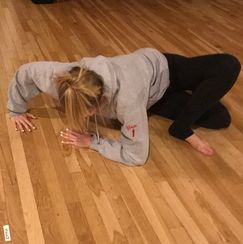 As part of the piece that I am setting on Monkeyhouse for NACHMO Boston I have been working with improvisation within performance. Living in this world has given me the opportunity to watch how improvisation scores change as they are being done and how they can be edited from a choreographer’s perspective in order to facilitate the most interesting movement generation. I love the concept of improvisation because it allows for the movement that is being performed to be unique and new to everyone. I believe that audience members respond in a way that is reflective of the performers experience. I have also found that when choreography is set and drilled in an effort to clean for a long period of time, it can become boring to the dancers performing it. Dancers often get so used to moving in a certain way that the movement can become comfortable or monotonous. As an observer and a choreographer, I am finding that allowing room for chance and change in every run of a dance has begun to invoke a feeling of exhilarating anticipation while simultaneously leveling the playing field, as no individual party knows exactly what will happen each time the piece is performed. Possibly one of the unconscious reasons that I have been drawn to improvisation is that I like to see what people come up with, and particularly how many different ways one idea can be interpreted. I really admire individuality and uniqueness in people and I enjoy seeing work where the idiosyncrasies of each performer are valued. Especially as an emerging choreographer, I think that using strategies that showcase individual performers strengths, personalities, and backgrounds, allows me to uncover what it is that I like to see and put into my choreography. By incorporating improvisation scores into performance, I get to be excited and surprised with every run through and performance, which is a thrilling experience as a choreographer.
N: You are very open about living with Cystic Fibrosis and raise awareness about it in your work. Can you tell us a bit about Continuing Fluctuations; a piece you created about living with invisible chronic illness? H: Continuing Fluctuations is actually a collection of work that we are hoping to share in a full evening performance in May. Each piece explores a different aspect of life with chronic illness. We have been trying to tackle a little bit of everything. Current inspirations include facing feelings of anxiety, finding your place in the world and dealing with outside perception. I strive to create work that can reach an audience on an emotional level regardless of their previous experience with chronic illness. Everyone can relate to these feelings because they are innately human. If people can make the connections on an emotional level, maybe they can start to understand and be more empathetic in their daily lives. You never know what someone is silently struggling with. The piece that we are working on for NACHMO is an extension of this work starting to explore the idea of losing independence. Everyone is faced with the prospect of becoming dependent upon family members for care. For most people it is a temporary situation and does not become permanent until very old age. People living with chronic illness, even young, otherwise independent people, often find themselves in positions where they must rely on the support of others to help with everyday activities. Sometimes this dependence is for a short stretch of time just to recover. Other times this dependence can become permanent and last for years. In this piece, I am hoping to capture what it feels like to loose that independence. N: Several members of Monkeyhouse live with invisible illnesses. Thank you for tackling such an important topic! What has the response been to the work? What do you feel you’ve learned through the process of creating it? H: The overall response has been positive, but like everything in the arts we need more support to keep the project going. We are currently running a fundraising campaign to support the production costs of the May performance. I hope that seeing a glimpse of what we are working on as part of NACHMO, people will step up and support our small company. Creating this work has been an amazing experience. With every new idea comes a new opportunity not only to explore movement, but also to explore within myself what is at the root of the idea, what am I actually trying to say. I think that is true for any artist working through his or her own process of artistic expression. Each idea I have presented has been a part of who I am for a long time. They are snippits of thoughts that have shaped the person I have become and how I have decided to live my life. They are all things that people living with chronic illness are often faced with every day. We are forced to work through these ideas and make life- altering decisions long before our peers. In exploring these ideas in a public space, maybe we can start a conversation. N: What are you most excited about for this year’s National Choreography Month? H: I am most excited about seeing what other choreographers have created in such a short period of time. NACHMO is always a great opportunity to touch base with the dance community and see what everyone is doing.
N: Who are some of your favorite choreographers?
H: I think my favorite at the moment is Wayne McGregor. He did a Ted Talk back in 2012 about his choreographic process. It was really interesting to see how he creates abstract movement that is inspired by seemingly mundane things. I like the way his work is modern and yet uses the lines of ballet to create interesting shapes.
N: Can you tell us about the work you do with ECI on Location? E: Boston Ballet has a really fantastic community initiatives department, and ECI on Location is one of a few programs that they run (in addition to Citydance, Adaptive Dance, community workshops, etc.). We send teaching teams out weekly for the entire school year to 11 community sites in all different Boston neighborhoods, including after-school programs, community centers, and Boys & Girls Clubs. The goal is to make high quality dance education accessible across the city for children who are interested, and using it as a youth development opportunity as well - we balance beginner ballet technique with creative movement and composition, so it's a little bit of everything. I'm lead teaching at 3 sites currently, and it is a constant learning curve as an educator in adapting to different student needs and interests, different spaces, and different goals within the curriculum. I have some amazing students this year that make every single class an adventure, and this year we also have a performance opportunity so getting to make pieces with them has been a really cool process. I come from a strong contemporary, improvisational, and Laban choreological background myself, so finding ways to incorporate those elements and give students those creative tools has been a fun challenge for me as well! My goal is really to get my kids excited about dance, break some assumptions they might have about it, and to show them that building technique and strength is really just to give you more choices and options to express yourself! N: This fall you did an At Home Movement Practice + Journalism Project. Can you tell us a little about what you did and what you felt you got out of it at the end? E: Yes! I was actually a journalism major in college, and have always gravitated towards using text and writing in my choreographic process. I was struggling a bit this fall with an extra-busy teaching/work schedule and wasn't feeling very fulfilled in my own artistic dance practice. I was pretty religiously reading the New York Times and a few other outlets every day though, and had noticed such an uptick in the number of articles and topics I really felt compelled to read and understand (I think a lot of us probably felt that way in this insane past year or so!). So I came up with the idea to just take a few excerpts from what I read each day and to make a short movement response, either improvised or set, based on the words and images. It was a cool way to combine my interests and respond to all the intense things I was reading within my artform; to look at the language being used to capture our world in a slightly more removed way; and to dance a little every day in an attainable way and from a clear inspiration point. I'm actually using this idea to create my NACHMO piece as well! It seemed like an awesome fit for the whole concept of making-a-piece-in-one-month. I'm still in the movement generation portion of the process, and will be figuring out how best to weave things together/analyzing what kind of themes emerge (or none! it may end up being more a chain of vignettes). N: What are you most excited about for this year’s National Choreography Month?
E: This will be my first solo performance since 2014! So I'm pretty excited to take the plunge of being onstage by myself within my own work. It's such a different process than choreographing with other movers, and I'm definitely a little nervous but also looking forward to the experience. There are also a bunch of artists in the NACHMO lineup whose work I haven't seen before, so I'm really excited to check out their pieces and see what's going on in the Boston scene! N: Who are some of your favorite choreographers? E: My current list is all choreographers whose work I've actually gotten to see live in the last couple years, so am still just geeking out about. Hofesh Shechter (Hofesh Shechter Company), Andrea Miller (Gallim Dance), Pina Bausch (Tanztheater Wuppertal), Crystal Pite (Kidd Pivot), and Michael Keegan Dolan (Fabulous Beast Dance Theatre). They all combine crazy, beautiful, pure physicality with theatricality and narrative in such an incredible way, and all these performances felt like full on emotional experiences.
Want to be part of National Choreography Month? Take the #MonkeyhouseNACHMOChallege. Every day we will be posting a new prompt on Facebook, Instagram and Twitter. Follow along on social media to get the prompts and see some incredible dances! Share your own videos (no previous choreographic experience required!) using the #MonkeyhouseNACHMOChallenge hashtag in order to be featured! Finally, don't miss the NACHMO Boston Concerts at the Dance Complex on Friday, February 9th and Saturday, February 10th!
In addition to our own show, we participated in several festivals and performances. One of them was the Southern Vermont Dance Festival, which was our first performance opportunity outside of Massachusetts. We were proud to be featured in their Friday night gala and their Social Justice Walk. Finally, last year we formed a partnership with the Big Sisters Association! We are now in the middle of our second workshop series. These workshops invite girls, ages 9-13, to explore movement themes like positive body image and strong female friendships with the support of their Big Sisters. We are now a company of thirteen talented, powerful ladies, and we cannot wait to see what happens next! N: The story of where you got your name is pretty amazing. Can you share it? G: Of course! In 2012, Natalie Schiera and Gracie Novikoff were alumni choreographers for Dance Theatre Group at Boston University. They were lucky to create works with inspiring, empowered women, who weren’t afraid to convey stories through athletic, raw, grounded movement. After graduating, they wanted to bring this movement quality and message to the Boston dance community by creating their own company, but without what to name it. They researched synonyms for “empowered” or “strong” woman, but they found many had a negative connotation. One that stood out was Amazonian, which they decided to quite literally “flip the term on its head” - with that, ‘Nozama’ was born. N: It is very clear in reading about your company that powerful women are important to you. How have events in the last year like the Women’s March and #metoo impacted the work you make? G: The political climate of 2017 refined and redefined our message as a company. We have always been a collective of women, about women, who aim to create a safe space for women to share their stories. In 2017, this became even more important as our liberties as women felt threatened. At the same time, we were beyond excited and empowered by the Women’s March, the #metoo campaign, and other initiatives where female voices were heard. This is the time to stand up and speak out, and confidently share those raw and powerful stories that make us vulnerable, but strengthen and empower us in the process. In 2017, our choreography shifted to highlight our reaction to what was happening in the world around us. In particular, our piece “Bodies and Choices” (2017), represented female empowerment in this tumultuous time. Our dances in this 2018 season will continue to portray empowered, emotional, badass women who are coming into their own and ready to speak out in a time where others may not want us to. Our pieces will include a great deal of partnering, as we believe now, more than ever, women must empower one another in times of struggle, and celebrate one another in times of triumph. We are stronger and more powerful as a collective.
N: What advice do you have for emerging choreographers?
G: Experiment! Don’t be afraid to say whatever it is you want to say through dance - more likely than not, someone else is feeling the same way, but cannot figure out how to express it. If you have a concept in mind, try coming up with short phrases that convey the theme. Or try throwing on some music that evokes that specific emotion and see how your body moves to it. More often than not, our dances begin with a rough concept and a piece of music that we love. The music inspires the movement and often influences and refines the concept. We also always recommend that emerging choreographers find a mentor or established choreographer in the area to help get his or her feet off the ground. It is inspiring to work alongside other artists, and we have been so lucky to create some wonderful projects with other companies and choreographers in the area by Elyssa Berg 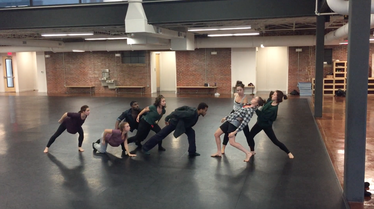 Are you a very organized person? Are you spontaneous? Maybe you really like structure or details. Whatever your personality may be, this can greatly effect your artistic process. Finding the process in which you are most successful when creating takes a long time, and it constantly changes. Your artistic process is your own form of research or self study that you use to create a new piece. This could be in any art form or medium; dance, music, ceramics, writing, anything and everything! More established artists may have a very specific way in which they create work that they have been developing for many many years, but the most exciting thing is that even for them it is always constantly developing, no matter who you are. Personally, I have found my artistic process has greatly shifted in the past few years, especially from my time in college. Looking at the four years that I was at Virginia Commonwealth University studying dance and choreography, my creative process was dramatically changing all the time. Since i was in school, many times i have been asked to create work in a way that I wouldn't have otherwise. That was the greatest thing that I could have experienced! Being asked to try on different processes and see what comes out of them is an exciting and scary thing. It can push you to create wonderful things that you may never have expected yourself to create. But with that also comes the flip side. At times when you're asked to create in a different way than what your aesthetic may have led you, it can also be a disaster. And thats okay! I have created many things that I didn't necessarily feel were as successful as they could be, or that really spoke to who I am as an artist, but that's all a part of the process. The best thing that you can do for yourself is try anything and everything. Don't be afraid to do something that doesn't work. If you do, you know that you were curious and brave enough to give it a go, and now you know that you might not necessarily ever do again. Asking yourself to step outside of your comfort zone and challenge yourself is a difficult thing. I have found that I have easily been able to do that through Monkeyhouse's. Musings are a chance for you to bring any and every idea you have to a room of artists willing to try what you are offering. With such a supportive community you have the chance to try things that you have never tried before, and you have a chance to observe what the other artists add to your ideas. This has been a new part of my artistic process that has really helped to elevate my artistic process. I have gotten to try out a lot of ideas during musings, some that I have decided to continue studying and trying for a longer period of time. One of these ideas has been the use of light in connection with dance. I have been able to play with different forms of light such as; lamps, handheld lights, natural light, light that peeks through doors, pretty much any form of light that I could find at the moment. This has led to a lot of magical moments in the studio. Trying out new situations that have really planted a seed for my newest artistic endeavor. I plan to continue to grow this idea as I work with monkeyhouse in creating new work. Like all ever changing artistic processes, each moment is exciting and different. My greatest hope is that my search within this process is that it is filled with many trial and error moments that continue to help me establish what works for me. I am still on that journey of constant change and exploration within my artistic process and I will always be, which is a really exciting thing. Photo by Paradise Photo. Graphic by Nicole Harris A conversation between the two choreographers for this years choreographic mentorship program; Elizabeth Powers and Elyssa Berg. EB: You just recently finished school at Roger Williams University this past May, what have you been up to since graduation? EP: I am currently living in Providence, RI and working as a teaching artist in a middle school where I work with teachers to integrate arts into the academic curriculum. I'm taking classes and dancing in various projects around the Boston and Providence areas. I'm also working on creating some new work that pushes me into a different mode of creating movement. EB: So now that you have a chance to pursue new ideas what are you finding yourself most interested in exploring as a choreographer? EP: As a choreographer a lot of my interests come from thoughts. I am really interested in people and how they work. I think that dance and movement facilitate exploration of these sorts of topics. I am also interested in exploring the possibilities of improvisation. I like to create improvisation scores that involve challenges or problems that have to be solved by doing the improvisation. Personally I use this method as a way to get myself to create movement that is different from what I usually do. I find that improvisation allows dancers to constantly be pushing the limitations of movement without getting stuck in a pattern, or at least provides the option of editing a score to create an escape from the pattern. I am also interested in using improvisation within the structure of a final piece. I get sick of doing the same thing all the time and am interested in the ways that a piece can be different every time that it is performed while it is still the same piece. EB: It sounds like you are trying to push yourself to constantly change and try new approaches and tools, where do you find most of your inspiration for these new ideas comes from? EP: A lot of my inspiration comes from watching dance. When I need to come up with an idea for a piece, going to see a good show always brings me into that mindset and gives me ideas to play with. I'm also inspired by relationships and observations throughout daily life. I find that the movement that is constantly occurring everyday is often as interesting as any movement that we classify as dance, when it's put in the appropriate context. EB: You are about to begin the process of creating a piece for NACHMO, as you start this process and other processes what would you say is your biggest challenge in creating a new work? EP: My biggest challenge when creating work is probably choosing what to focus on. I often have a lot of completely random ideas and so choosing which ideas to focus on is a challenge. I like to let ideas develop and pull my work in a certain direction, but before I can do that, I have to choose which ideas to give that power to. Sometimes I'll let a piece go in one direction for a while before deciding that isn't where it is supposed to go, so being open to giving a piece multiple chances to identify itself is important to me. EB: Do you have any plans for the near future? Are there any goals or things you would like to accomplish in the next five years or so? EP: Honestly the only thing that I know I still want to be doing in five years is dancing. I want to be creating and sharing work regularly. I want to work with populations who have varying abilities as well as share the power of movement with anyone who could benefit from it. I want to be moving in a different way than I am right now. There are so many different ways to move and in my 22 years of life I have just scratched the surface. EB: As you have had a long relationship with Monkeyhouse what would you say is your favorite part about working with the company? EP: I love that I get to work with people who are so willing to try and to support. I can go into a musing with a weird idea or a hand gesture and come out with something really interesting. Also working with people like Karen and Nicole who have been teaching me dance since I was a kid is amazing because I know that they won't hesitate to push me out of my comfort zone but they will also help me make sense of things when they seem to be going nowhere. So, my favorite part of working with Monkeyhouse is being able to work with a community of dancers who will accept crazy ideas and make something out of anything that they are given. by Nicole Harris We have been so lucky over the last seventeen years to have former students from Impulse Dance Center, Dover Sherborn High School, the Dancing Arts Center, Natick High School, Groton School, Endicott College and beyond who have returned to be part of Monkeyhouse in some way. They've been board members, funders, company choreographers, audience members and guest artists. They have participated in Musings and company class as well as been invaluable advisors to us in and out of the studio. We are forever grateful to each and every one of them! This past summer we created a series of Musings at Impulse Dance Center to give the alumni an opportunity to dance at a more professional level and to play with choreographic ideas in a low stakes setting. (We'll be talking more about that particular program in a future blog post. Keep an eye out!) During that process we were inspired to create a new Choreography Mentorship for emerging choreographers. Many of our former students have gone on to complete dance programs at the college level and came home with inspiring new skills, ideas and goals. We want to help these emerging choreographers as they transition from an academic dance life to a professional one. We are starting this program with two of our Impulse Dance Center alumni, Elizabeth Powers and Elyssa Berg (who you might also remember as being a choreographic intern during her senior year of high school and a guest artist at Monkeyhouse's Misplaced/Displaced concert). These two dynamic choreographers will continue to lead Musings for December and January as they refine a choreographic idea. During the month of January, they will each create a piece of choreography for NACHMO (National Choreography Month) using dancers from Monkeyhouse. This is an exciting opportunity for emerging choreographers. They receive studio space for both Musings and rehearsal; mentoring in choreography, design and all the administrative work involved in producing a new work; the opportunity to set work on a company and a whole lot more. You will hear a whole lot about these two ladies and the work they are creating over the next three months. But first, here's a quick introduction: Elizabeth Powers graduated from Roger Williams University in May 2017 with a BA in Dance and Performance Studies and a double major in Psychology. Elizabeth grew up dancing at Impulse Dance Center in Natick, MA where she studied a variety of dance styles before finding contemporary-modern and improvisation techniques to be her passion. Nicole Harris and Karen Krolak were two of Elizabeth’s teachers at Impulse who encouraged her to find her creative voice and push boundaries. They continue to do so today. Throughout college, Elizabeth had the opportunity to study with and perform in works by Heather Ahern, Hilary Easton, Ori Flomin, Kellie Ann Lynch, Fritha Pengelley, and Christina Robson. She was graced with the mentorship of Michael Bolger, France Hunter, Cathy Nicoli, and Gary Shore. She was also able to spend a semester studying dance and performance in London, UK where she worked with choreographer Katie Lusby. Elizabeth is currently working as a teaching artist in Providence, RI, where she works with middle school teachers to integrate the arts into their academic curriculum. She is also performing and choreographing for various events throughout the Boston and Providence areas. She is extremely excited to be exploring a new idea with Monkeyhouse. Elyssa Berg began her dance training at Impulse Dance Center in Natick, Massachusetts. She graduated Magna Cum Laude from Virginia Commonwealth University with a BFA in Dance andChoreography. In 2016, she studied abroad with the University of South Florida’s Dance in Paris Semester Program, under the direction of Michael Foley. During her time at VCU, Elyssa performed in works by Scott Putman, Melanie Richards, Judy Steel, as well as guest artists; Doug Varone, Liz Lerman/Dance Exchange, and Dawn Bazemore. In 2015, she performed in the official music video for Victor by Prinze George, a finalist in the LA Music Video Festival. Outside of VCU, Elyssa has studied at Bates Dance Festival’s Young Dancers Program as well as their Professional Training Program. Elyssa has been commissioned twice by Monkeyhouse to create work and has presented choreography in the Boston area as well as Richmond, Virginia. |
Categories
All
Archives
April 2023
|
MONKEYHOUSE
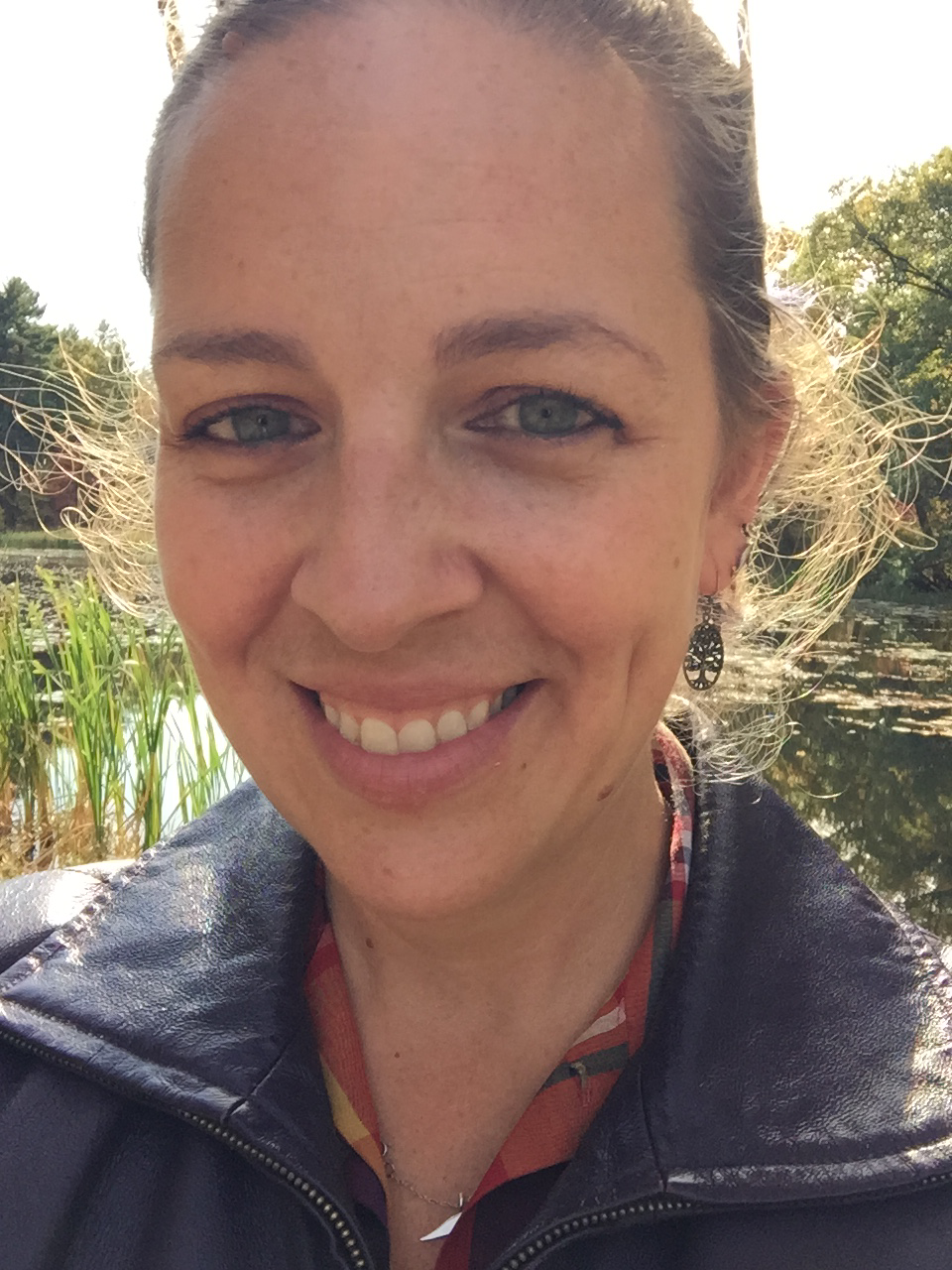
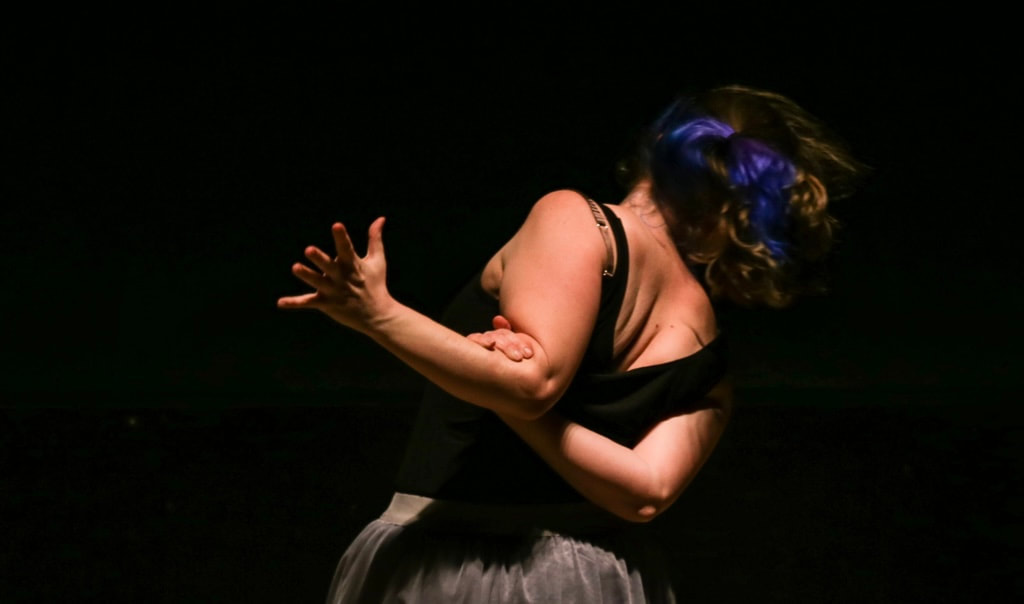
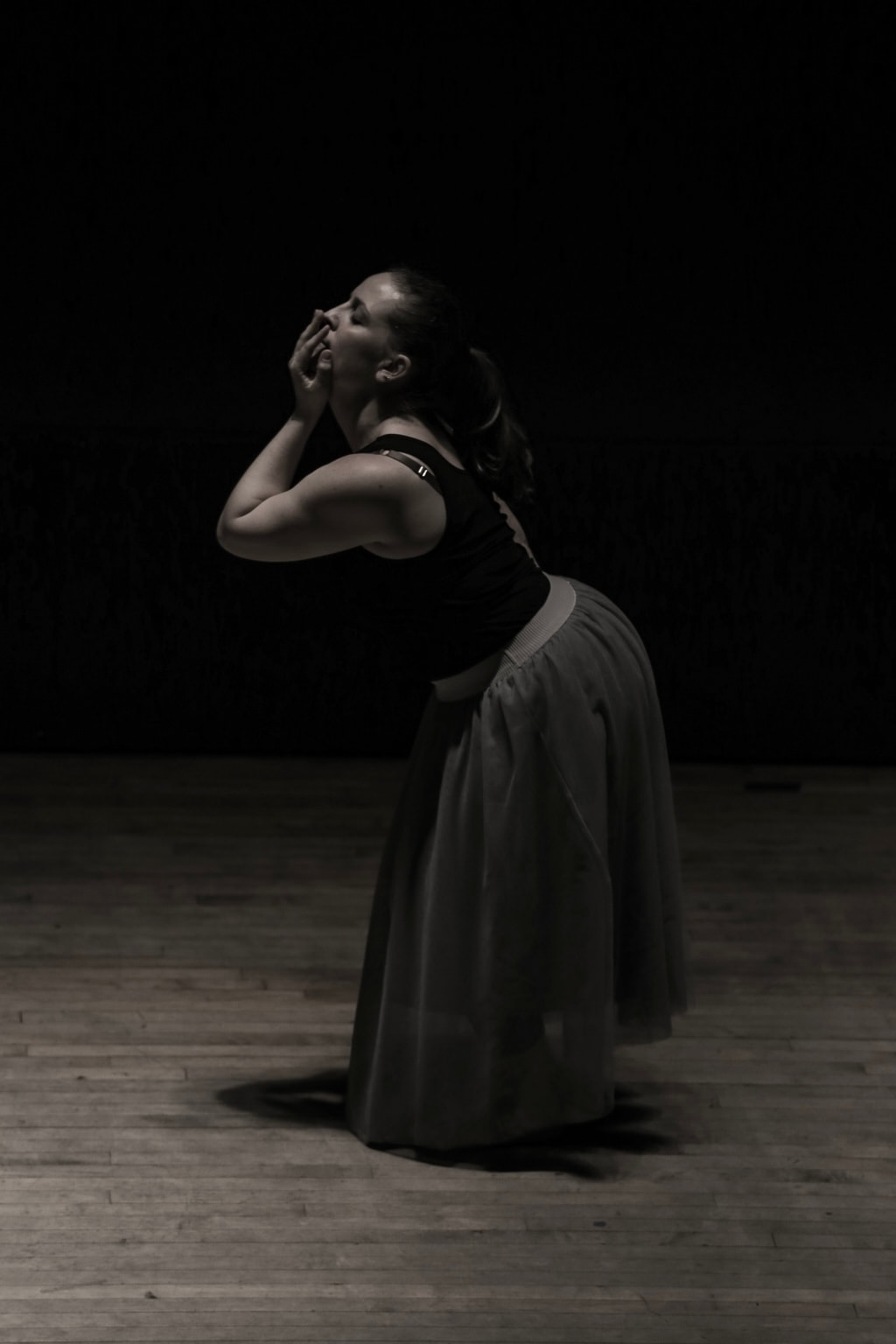
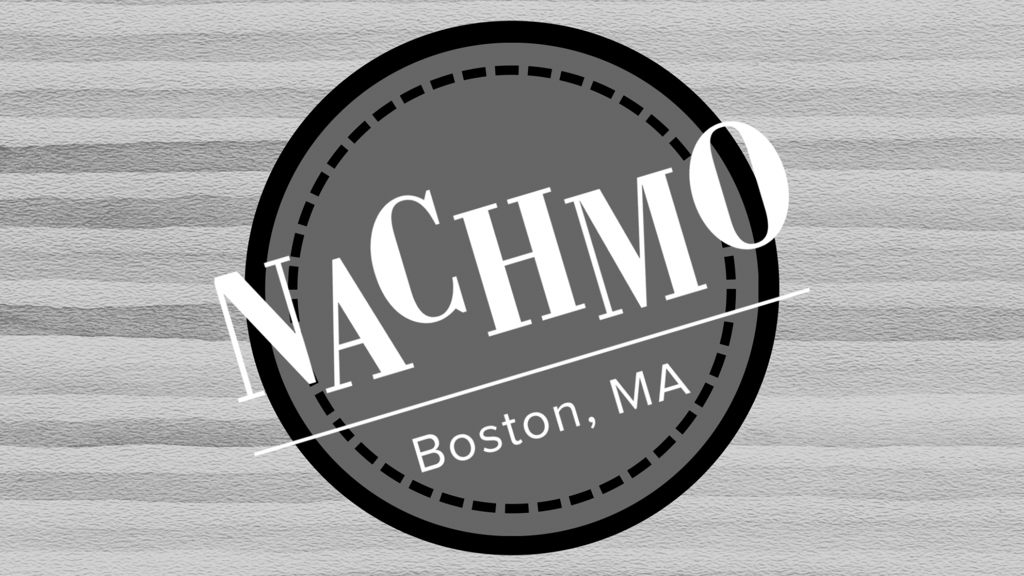
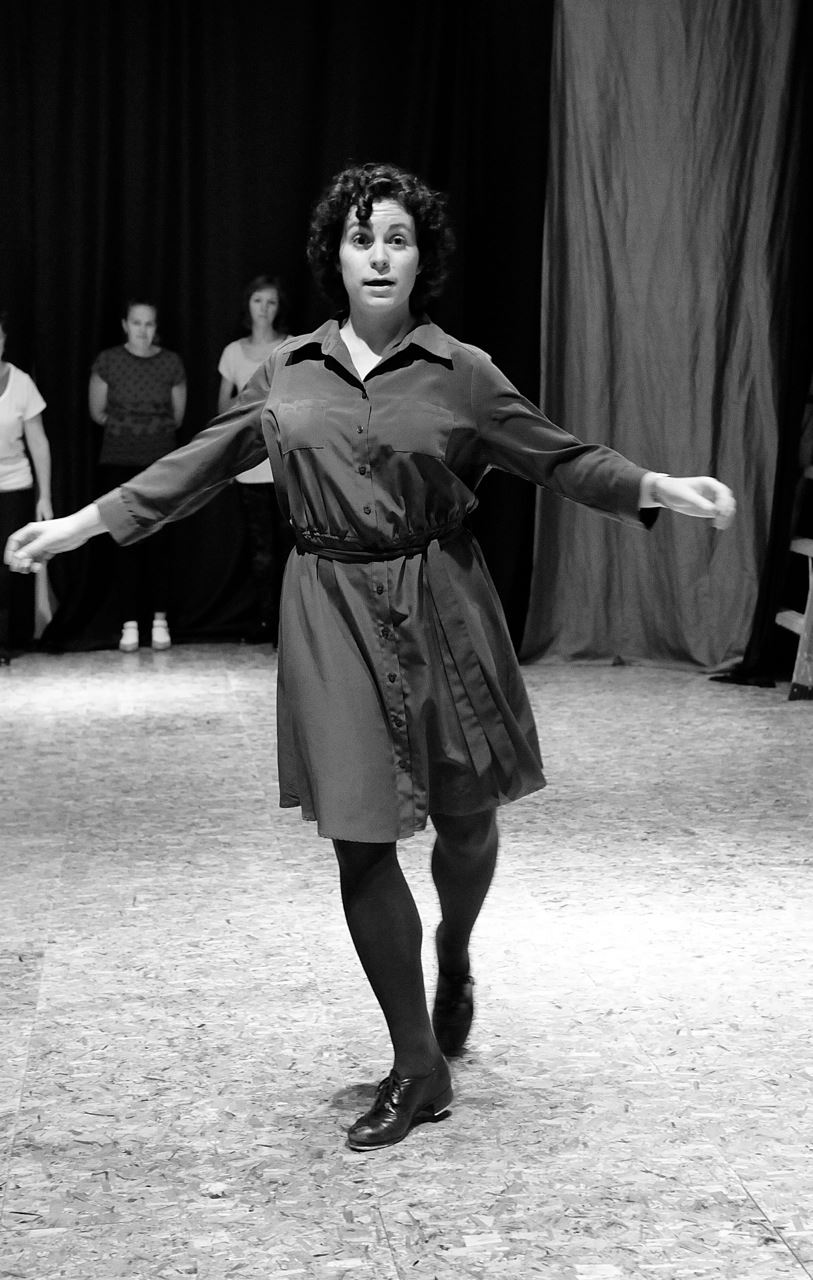
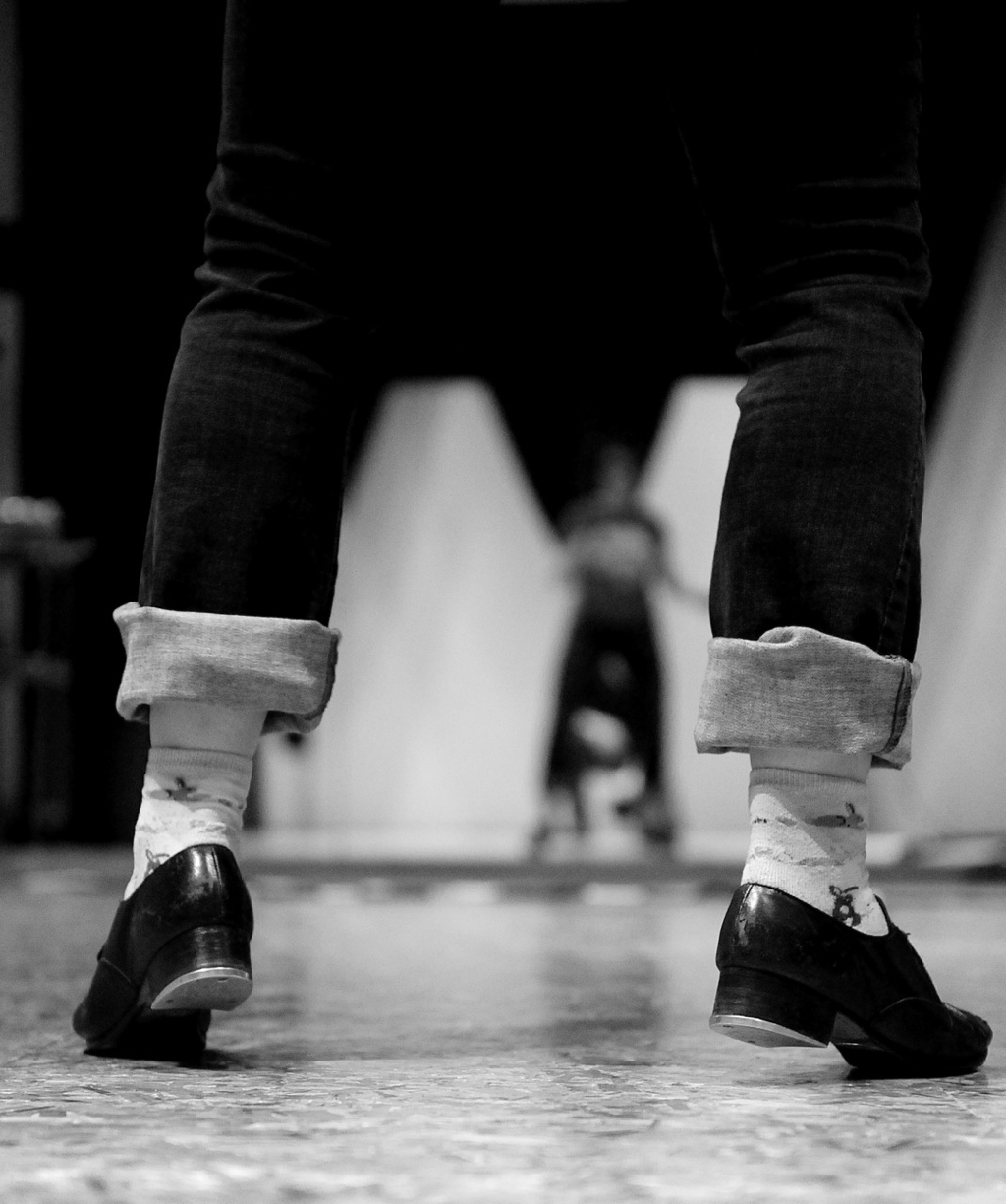
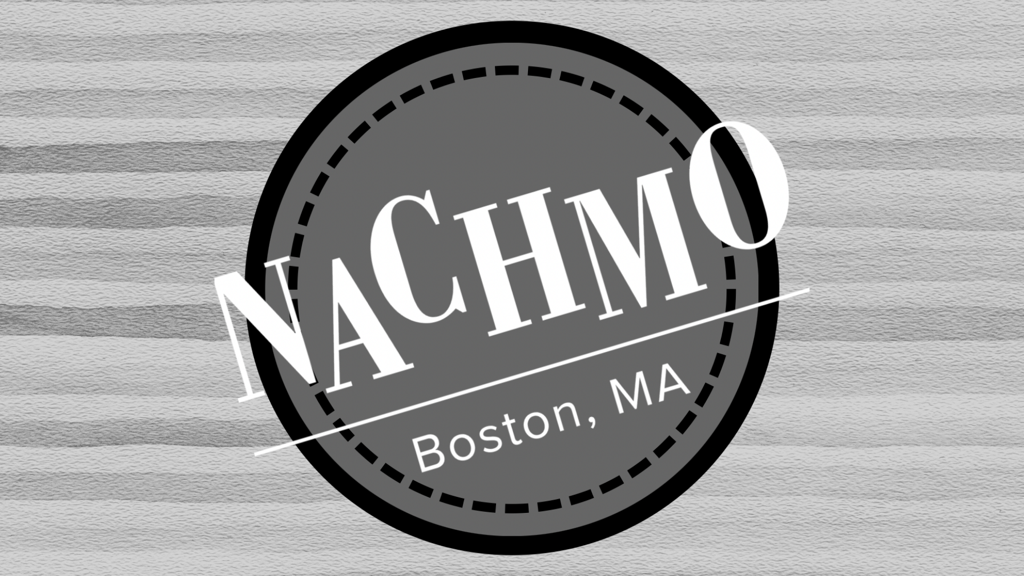
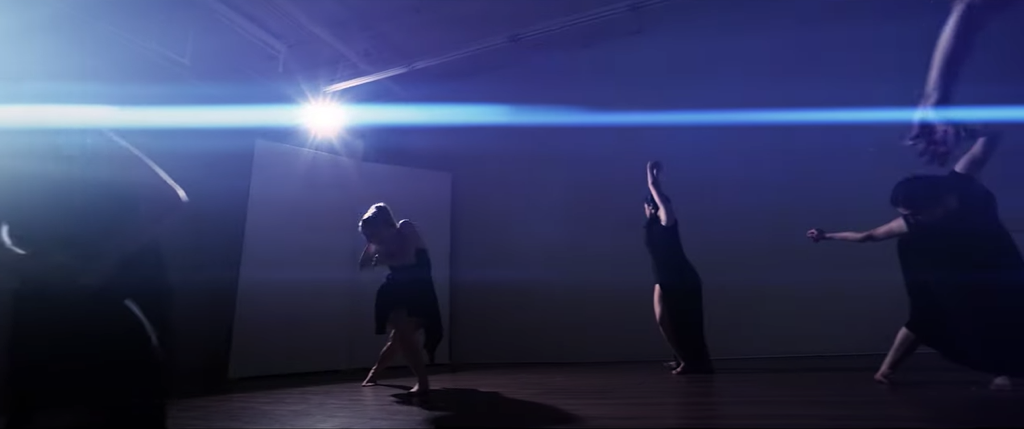
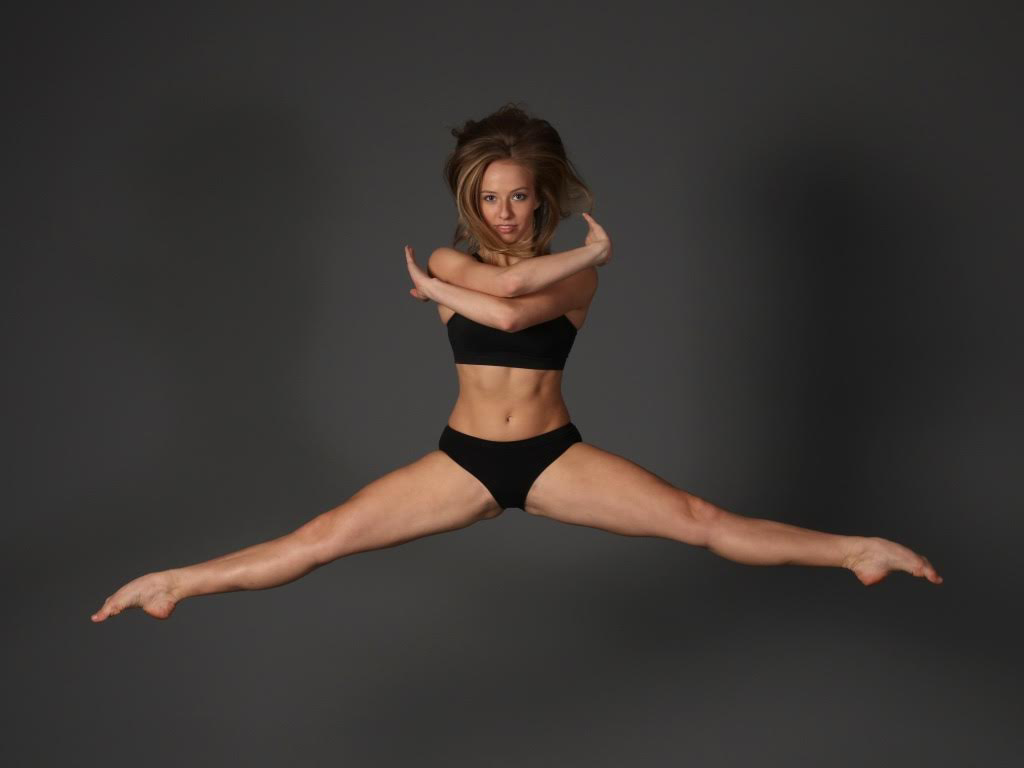
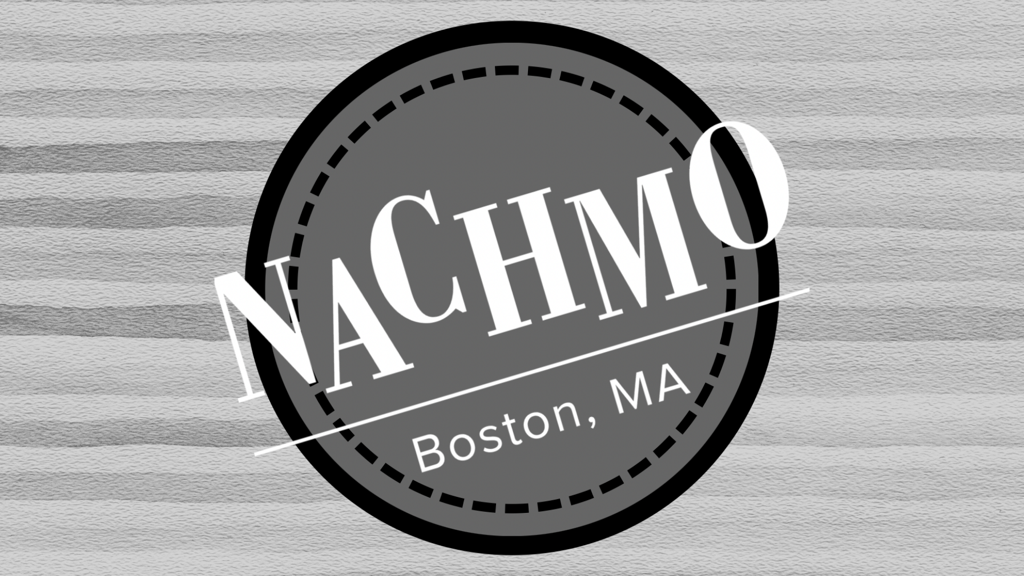
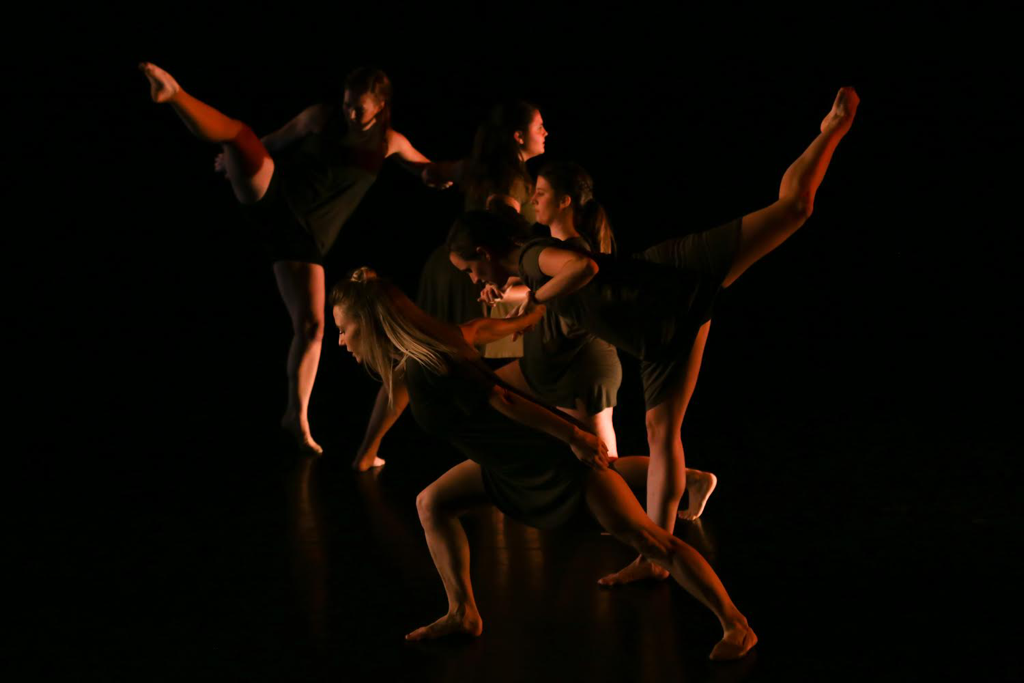
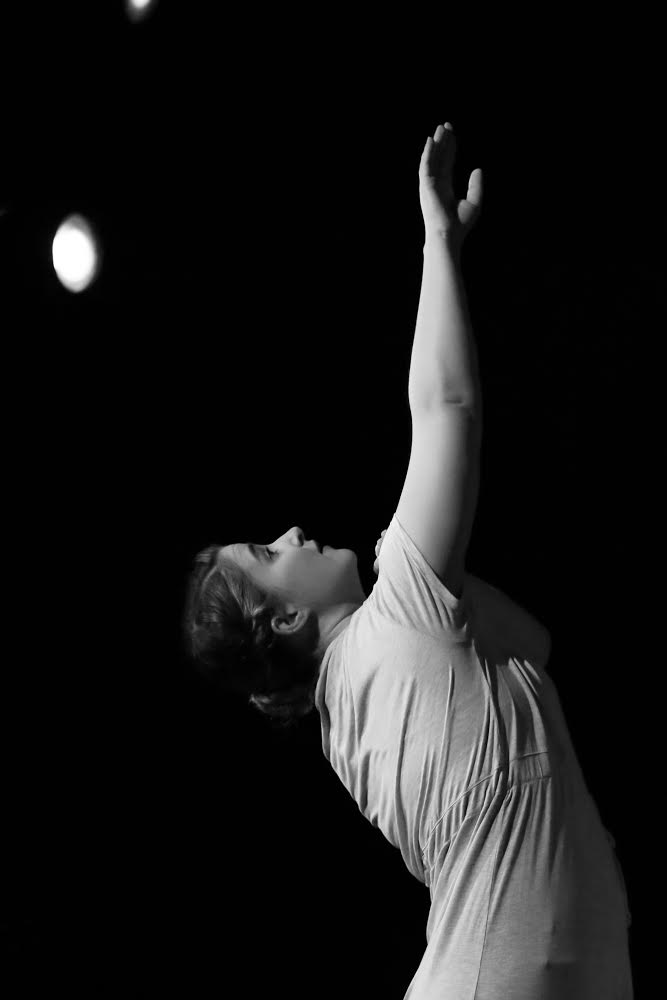
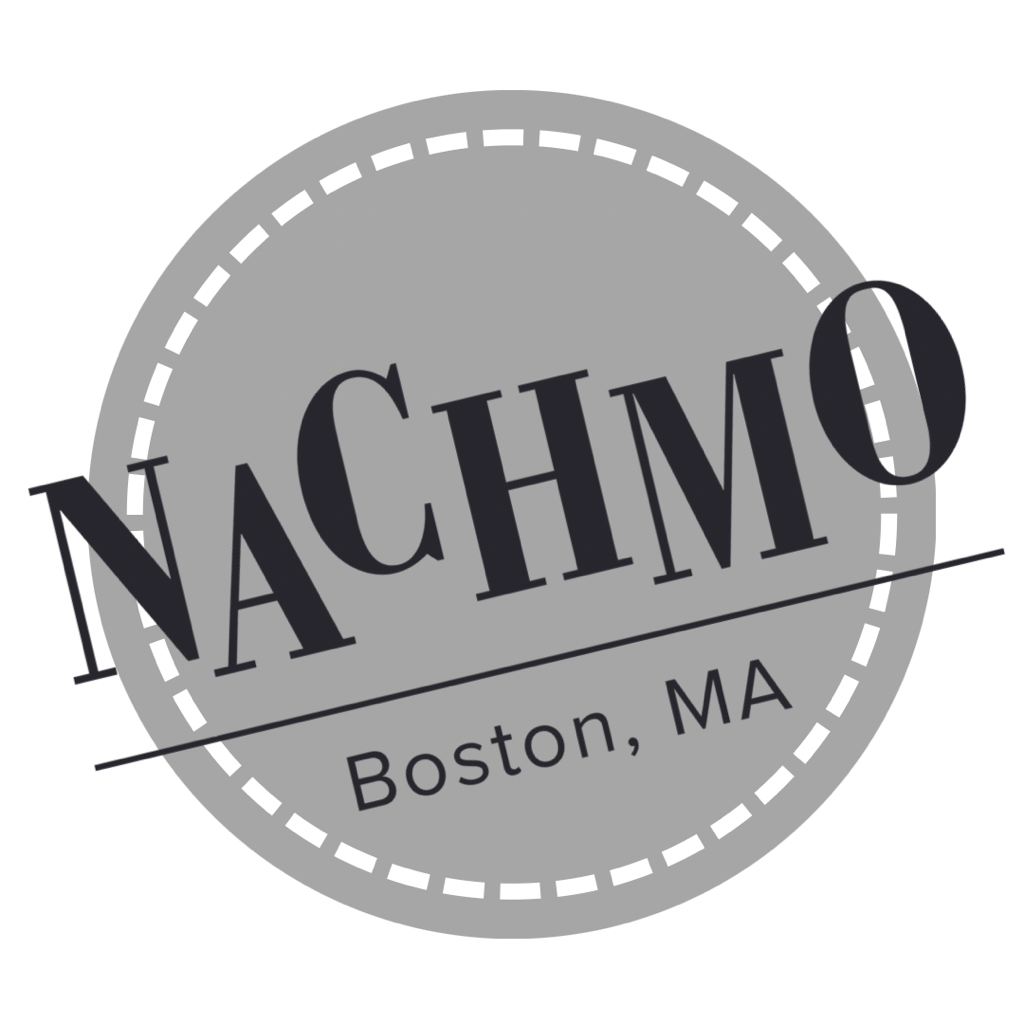
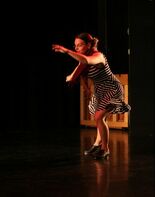
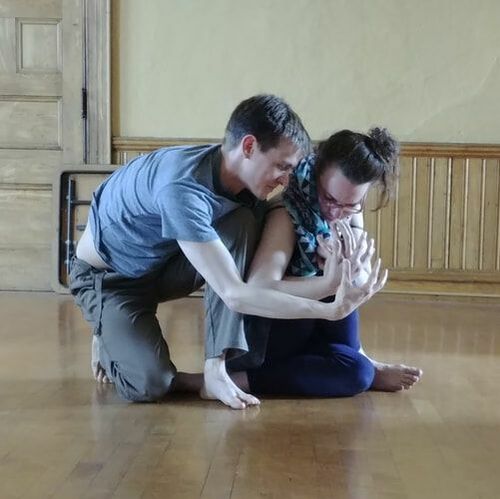
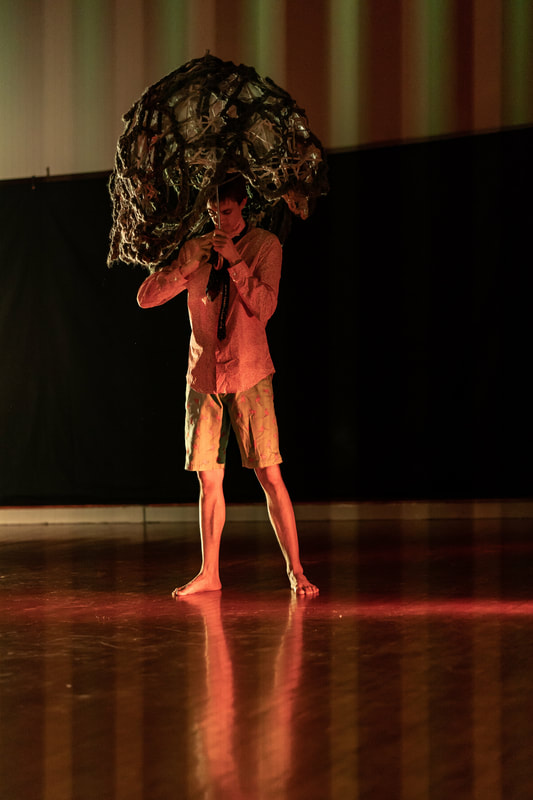
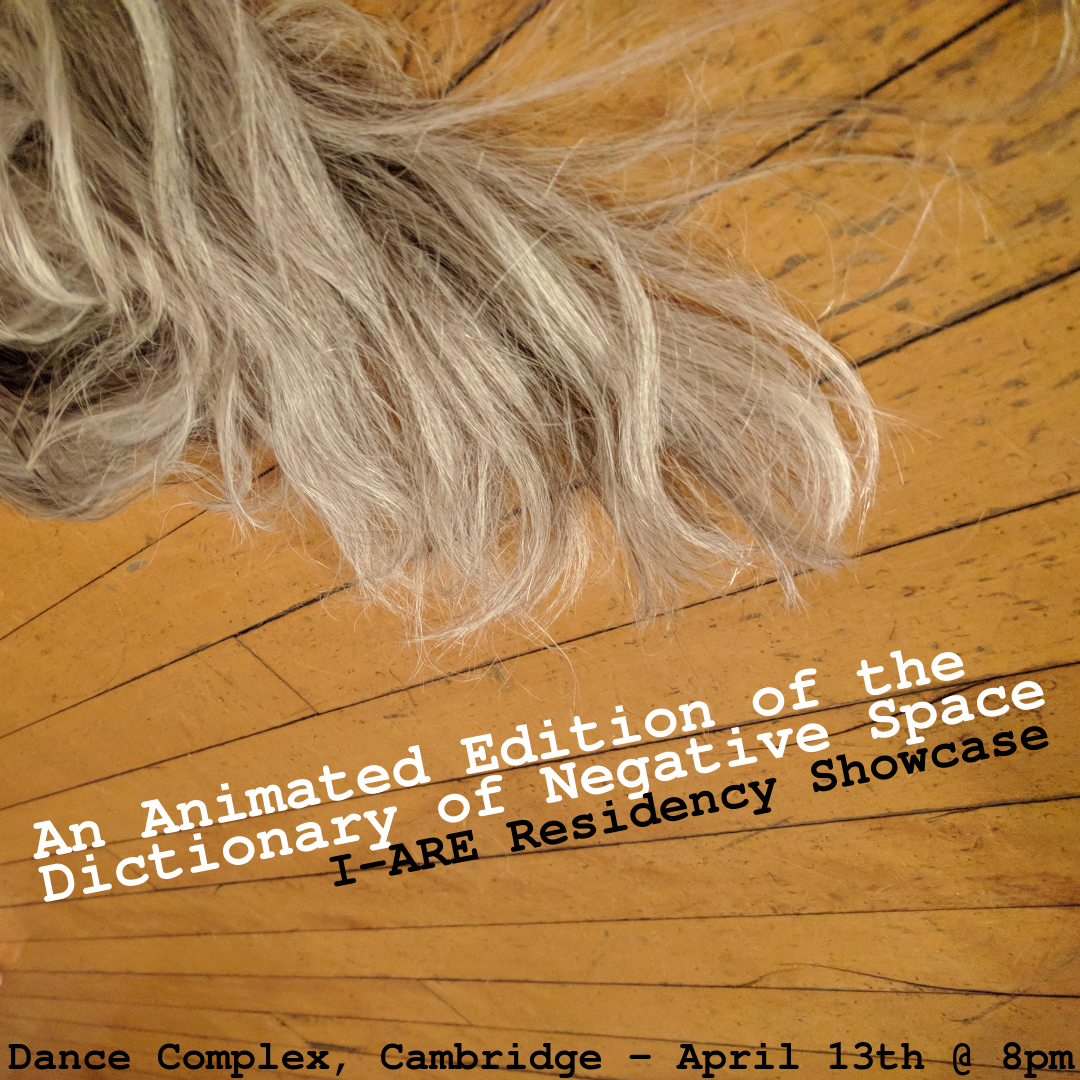
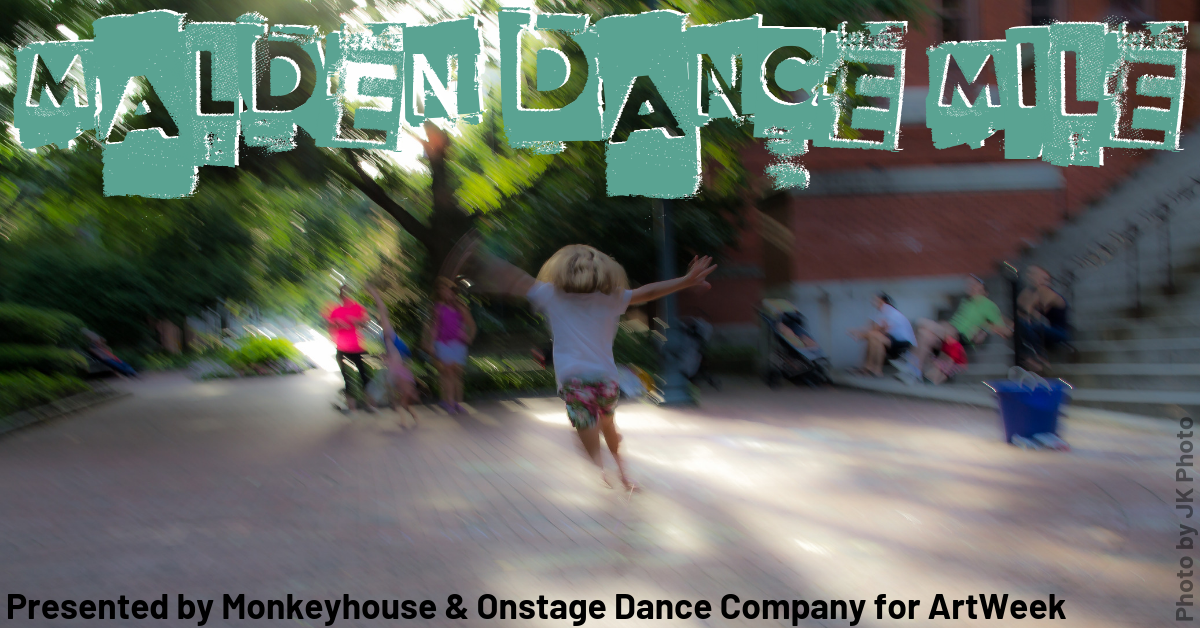
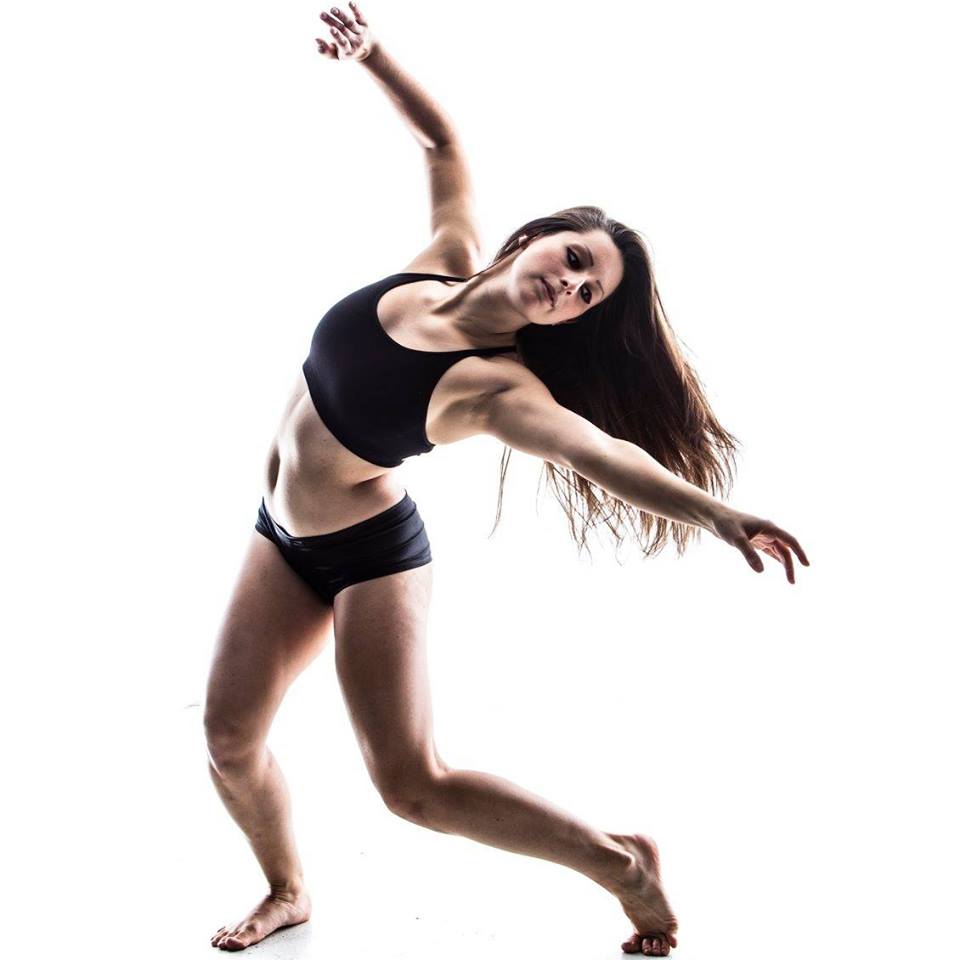
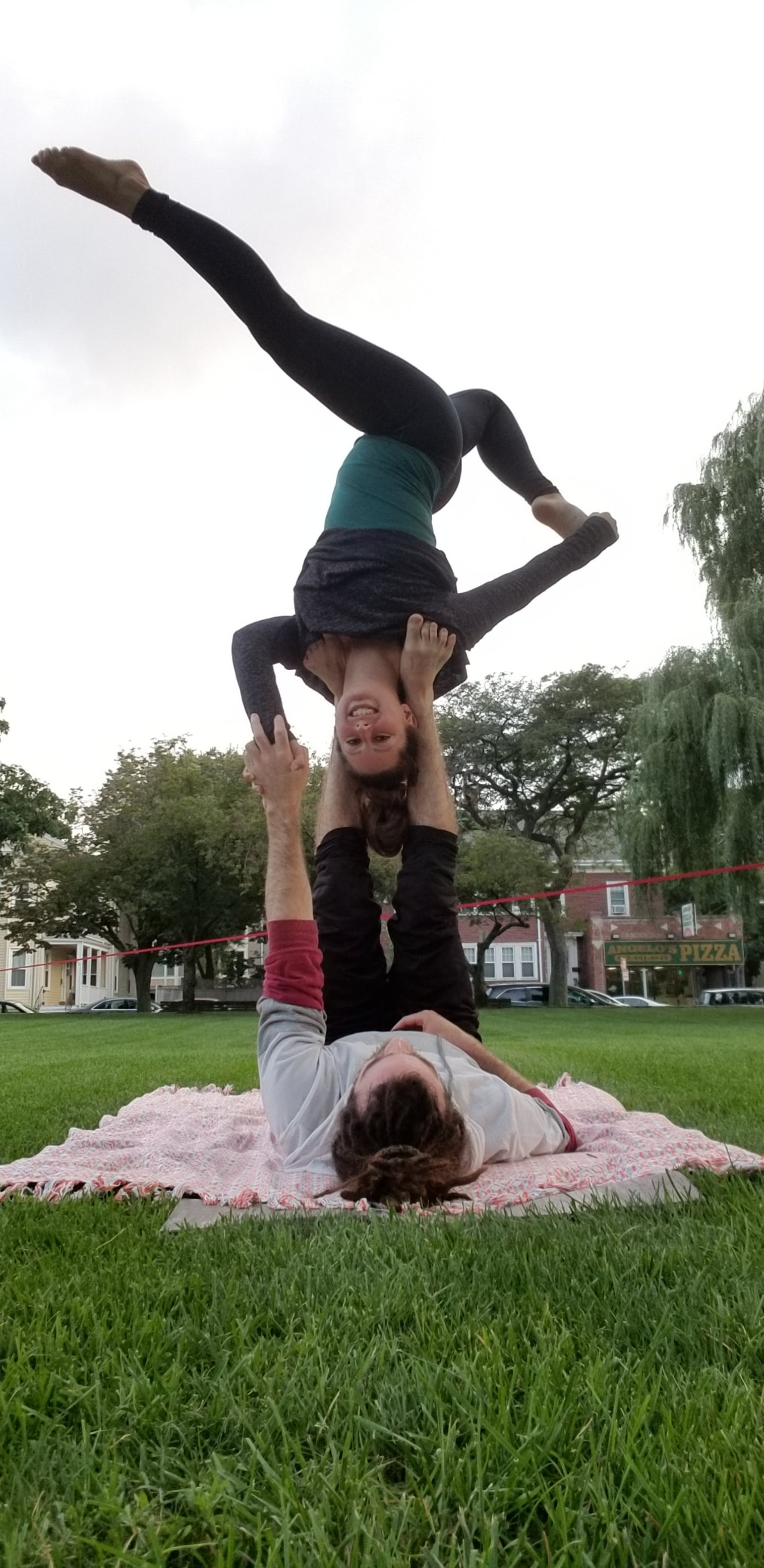
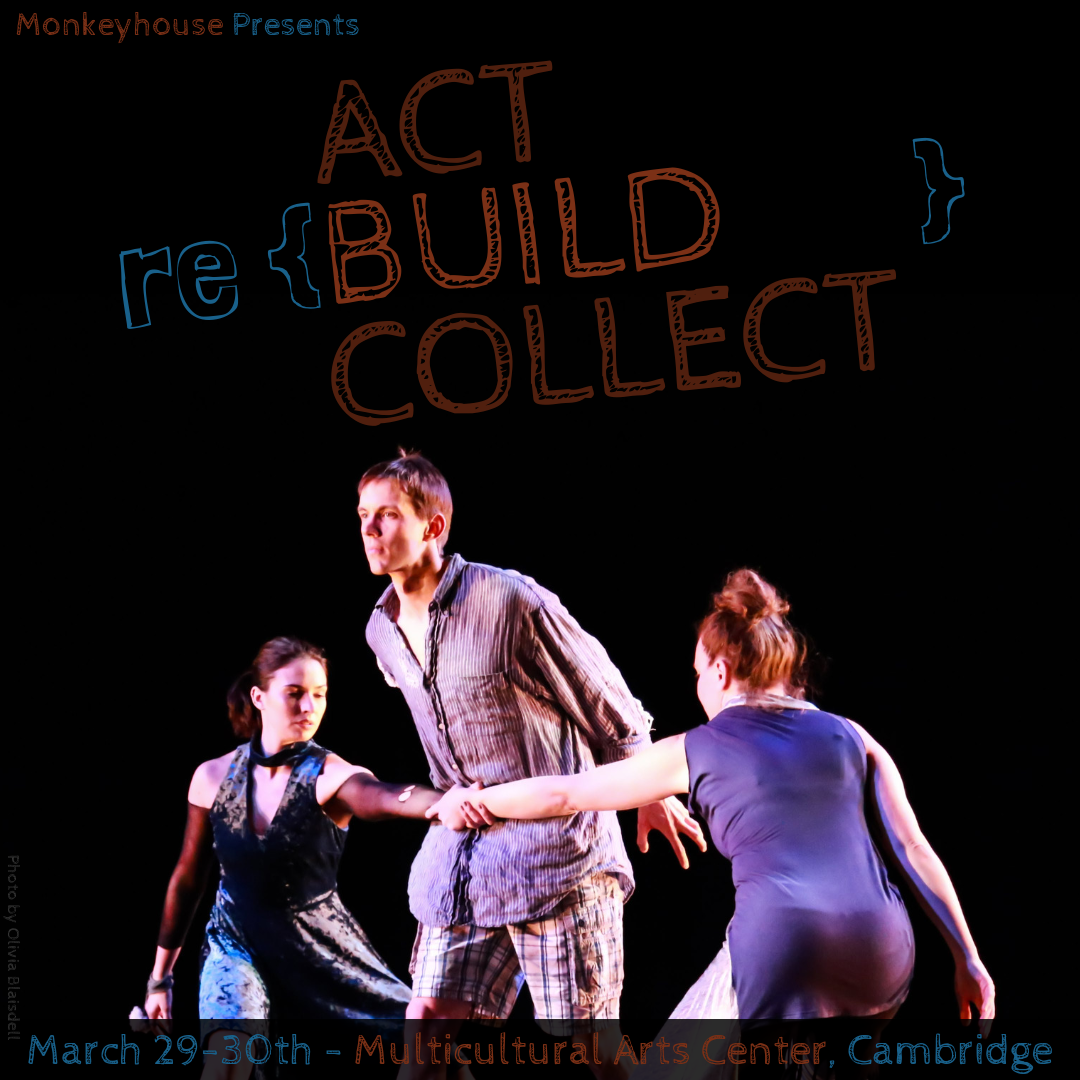
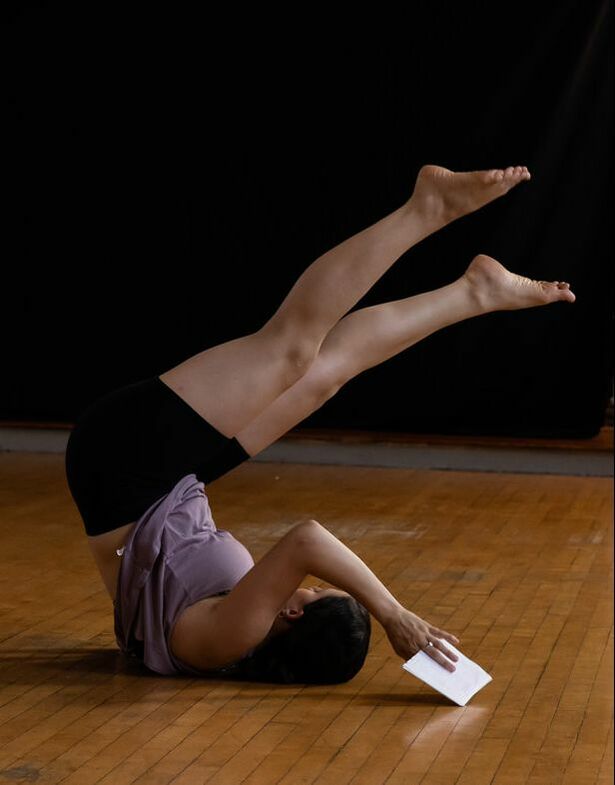
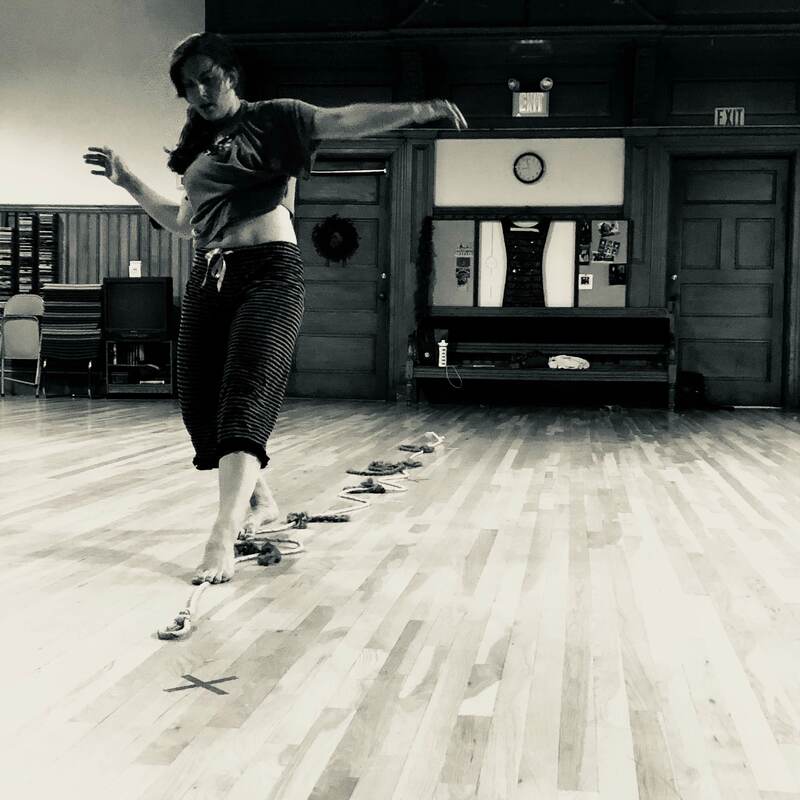
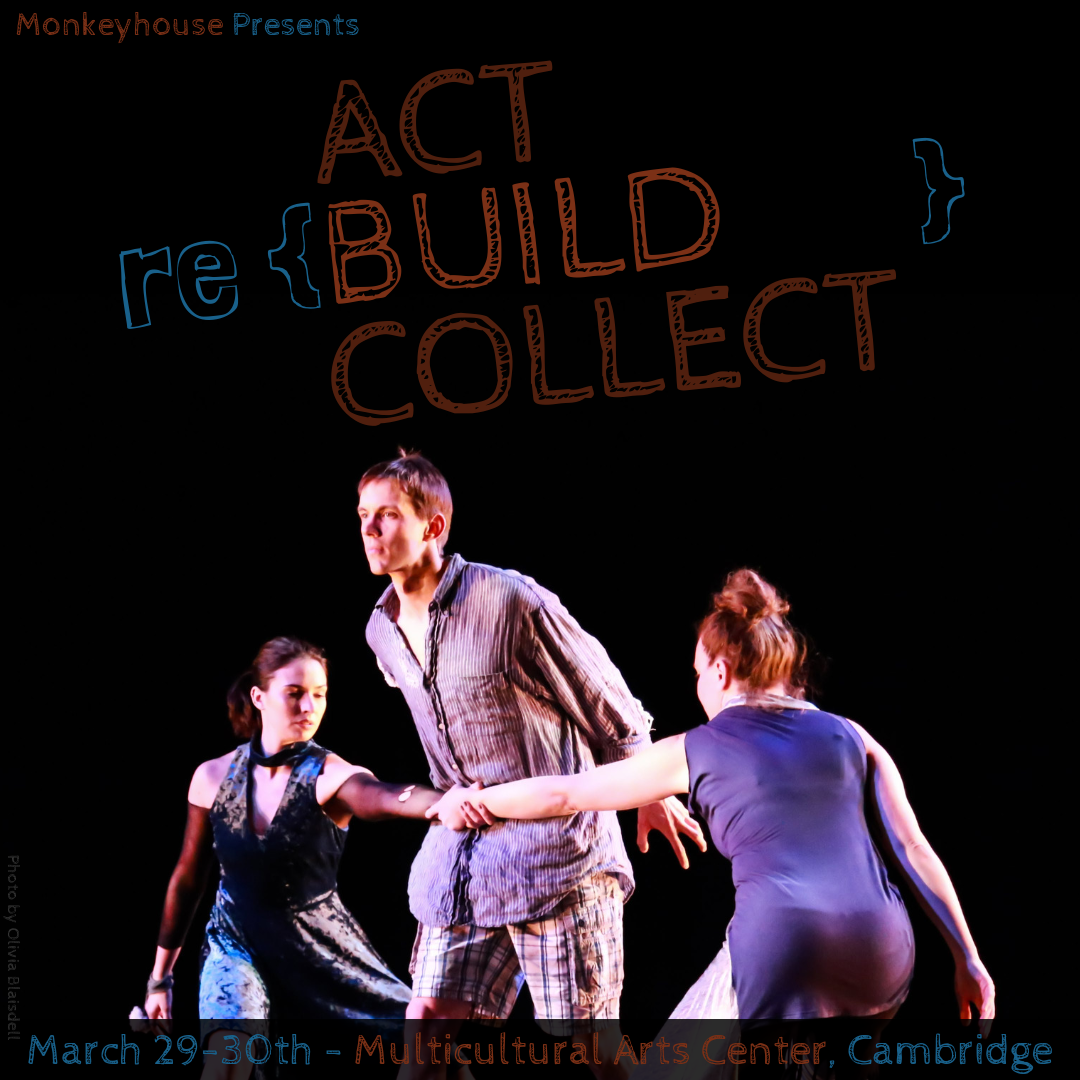
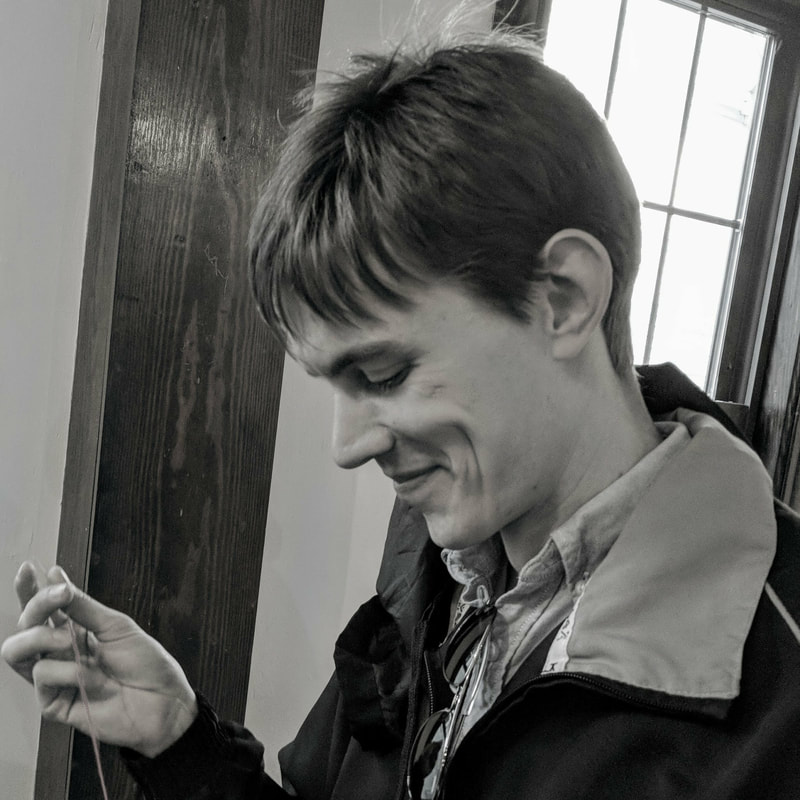
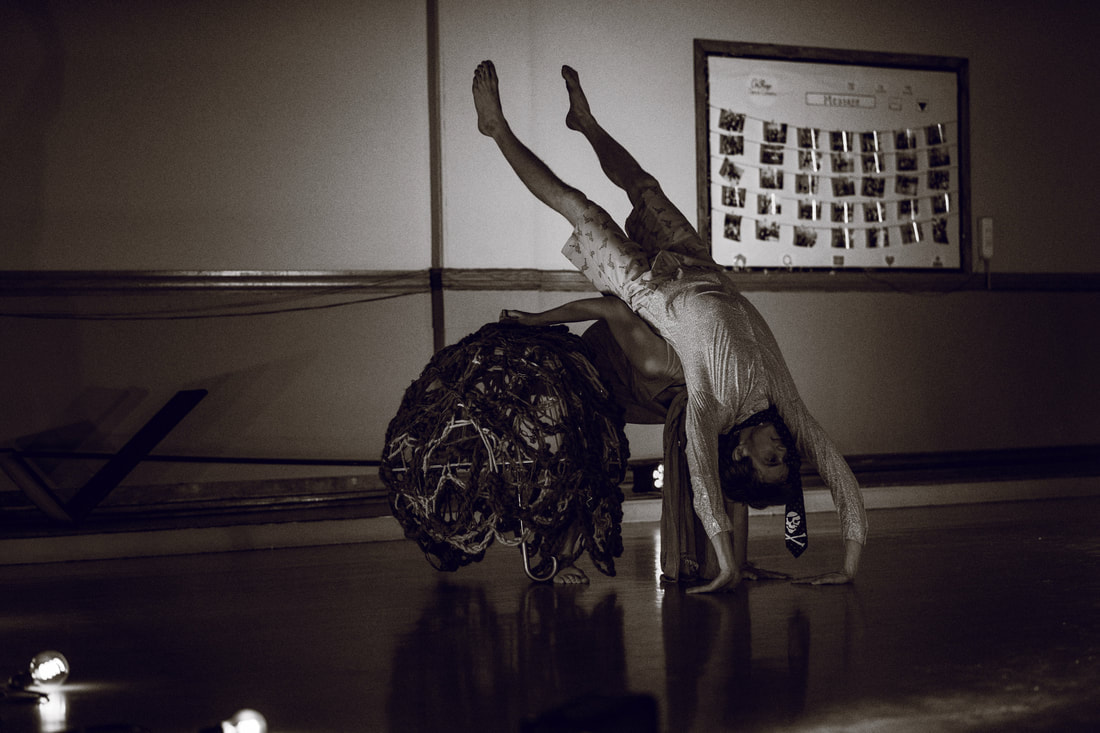
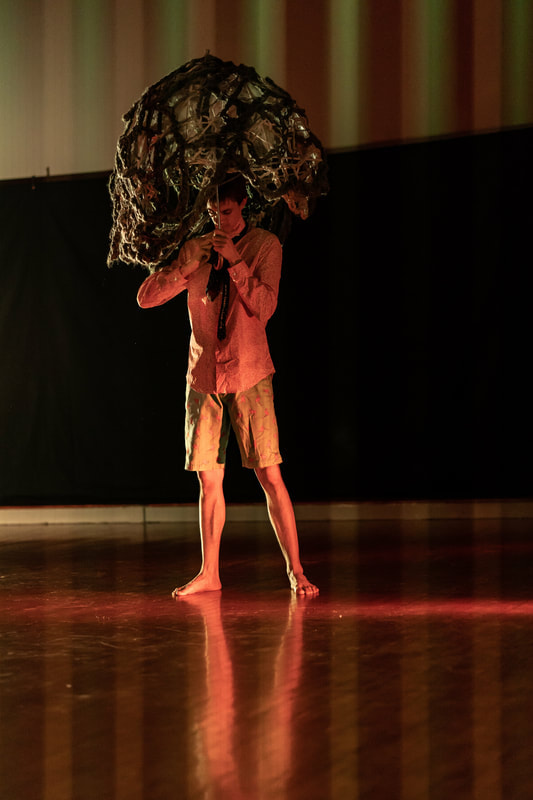
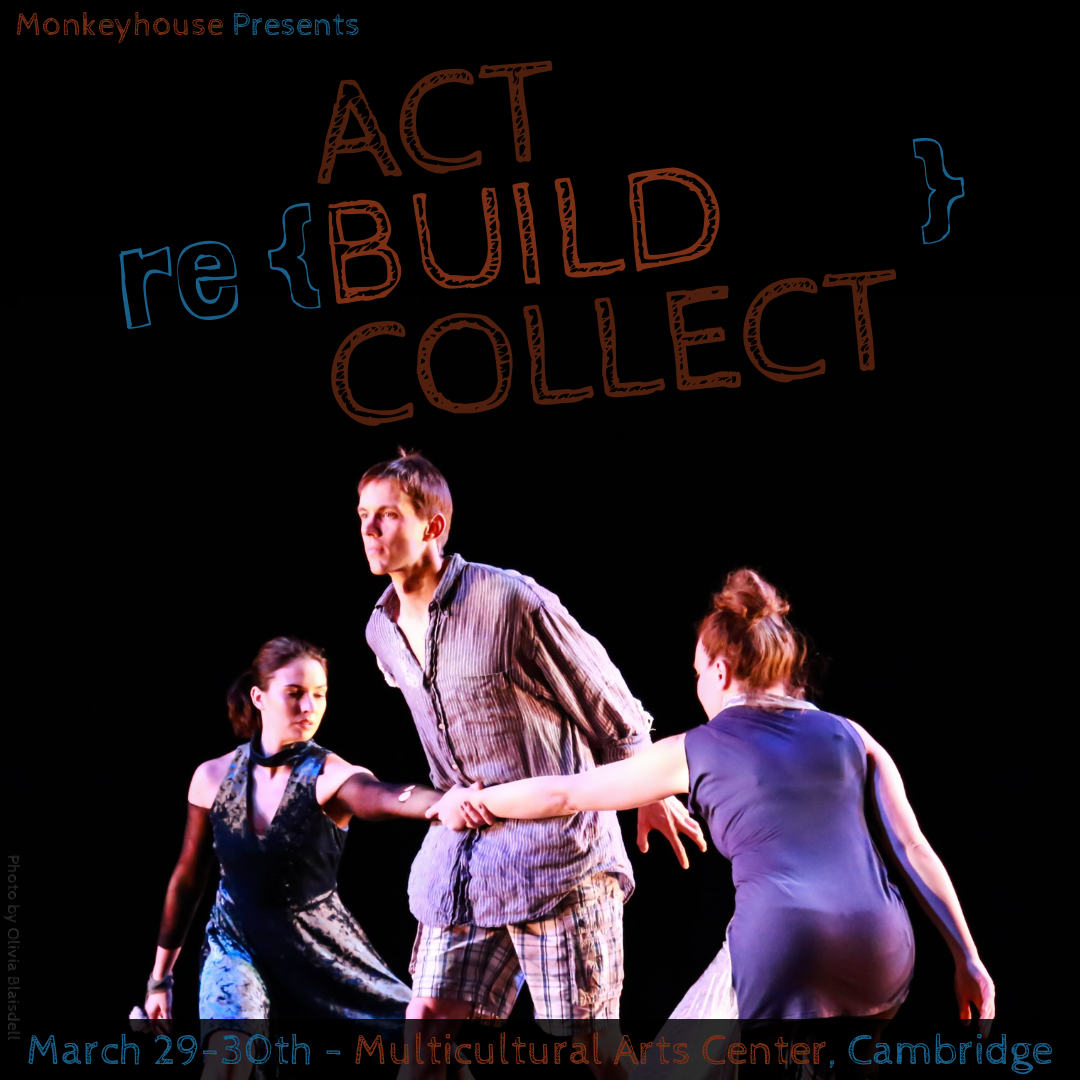
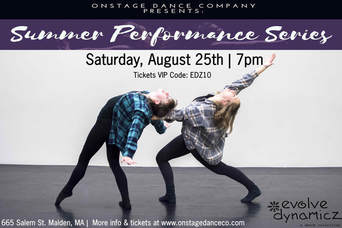
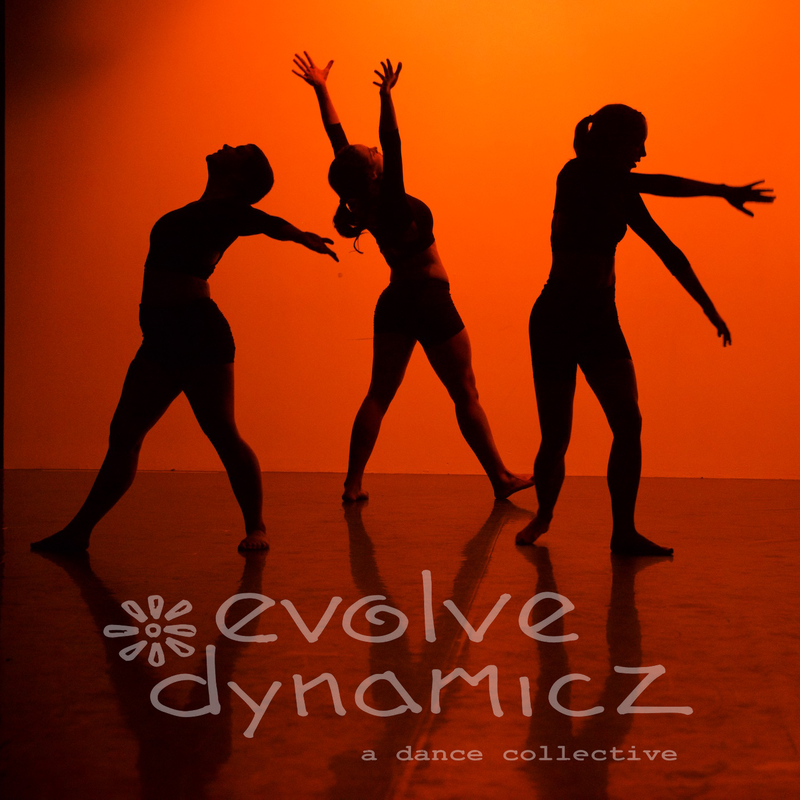
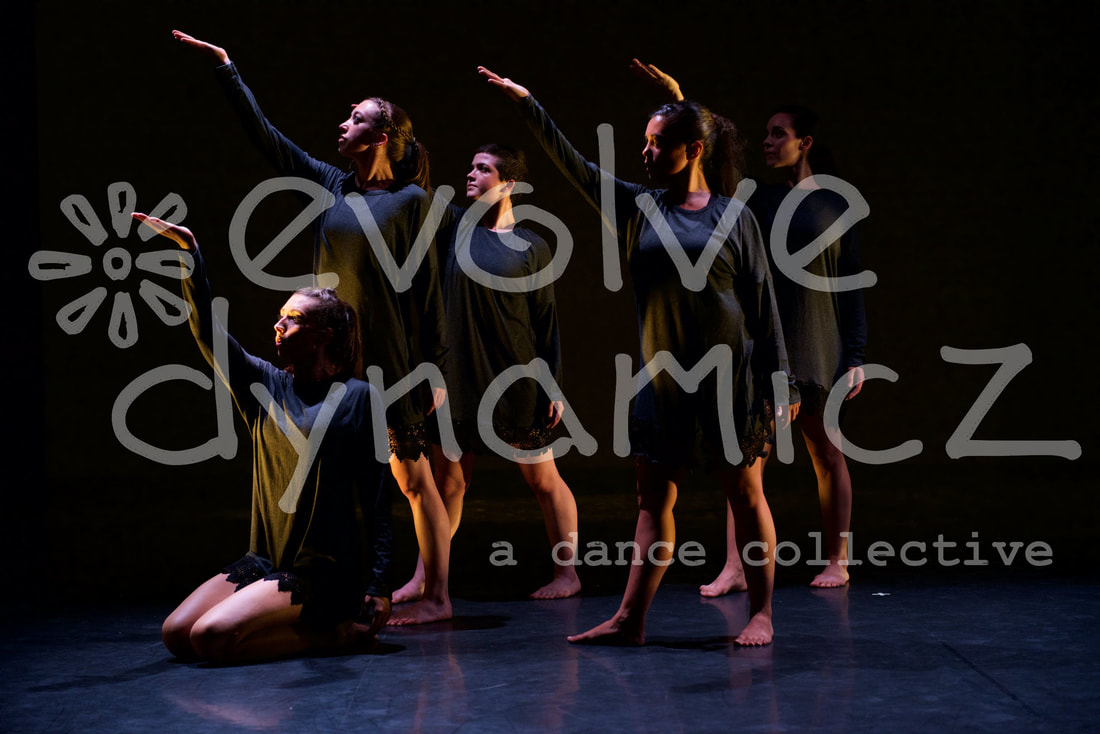
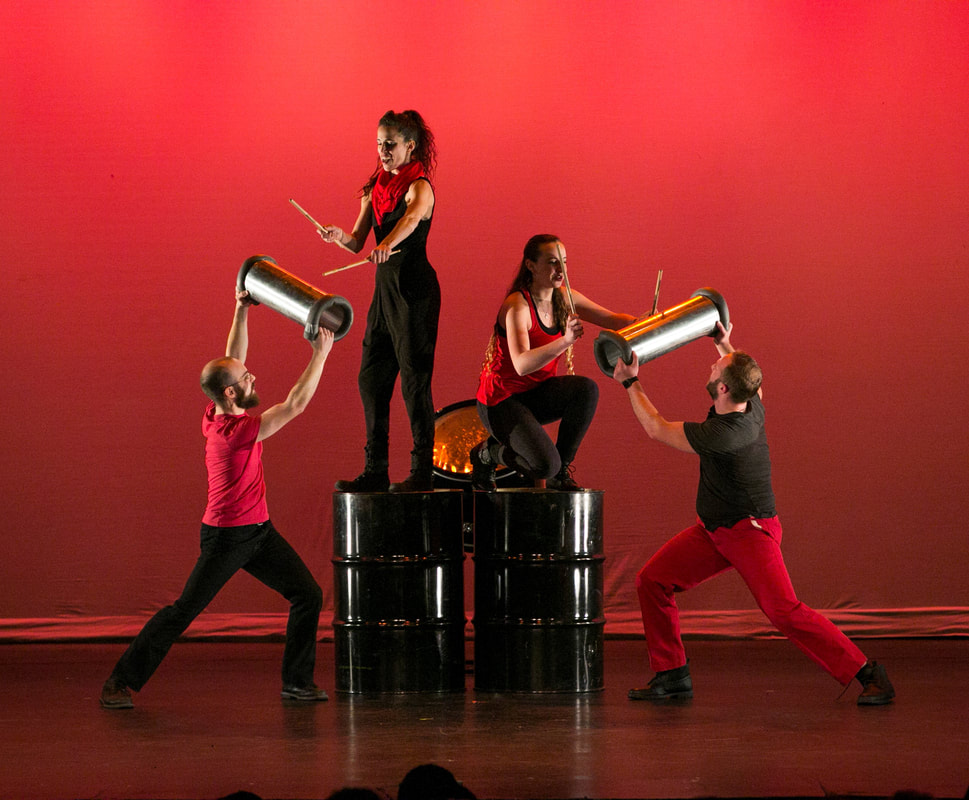
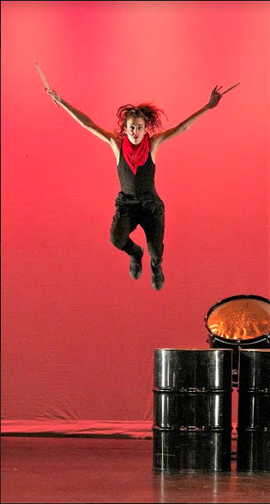
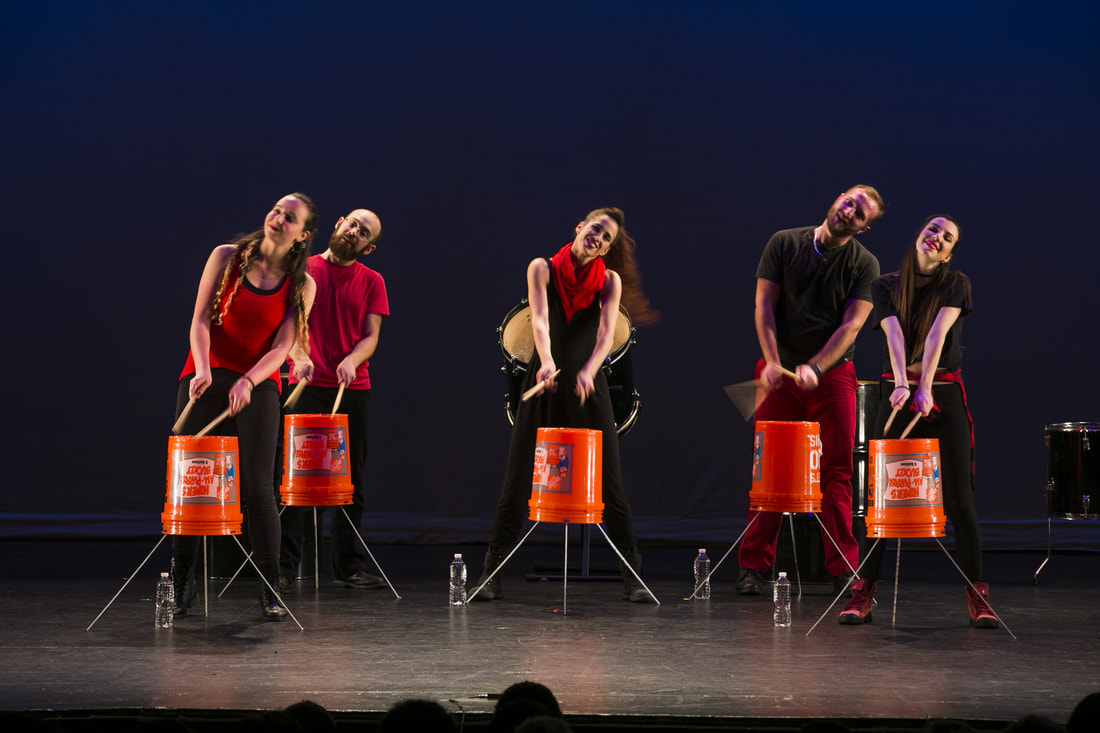
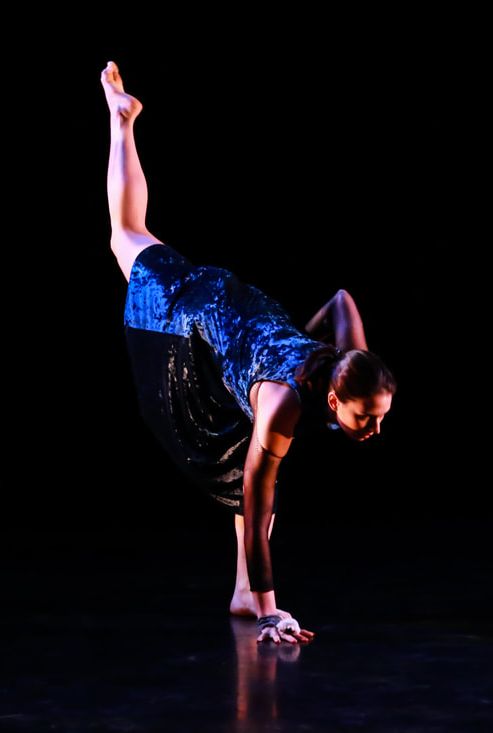
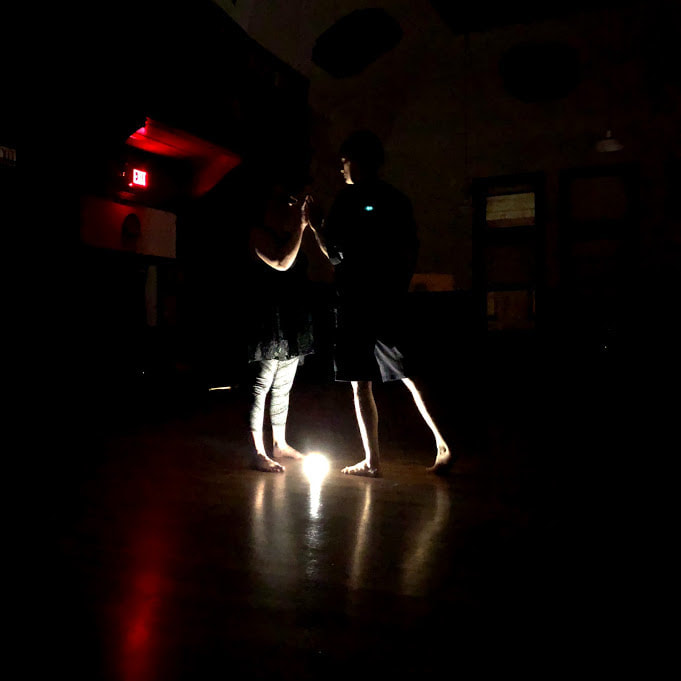
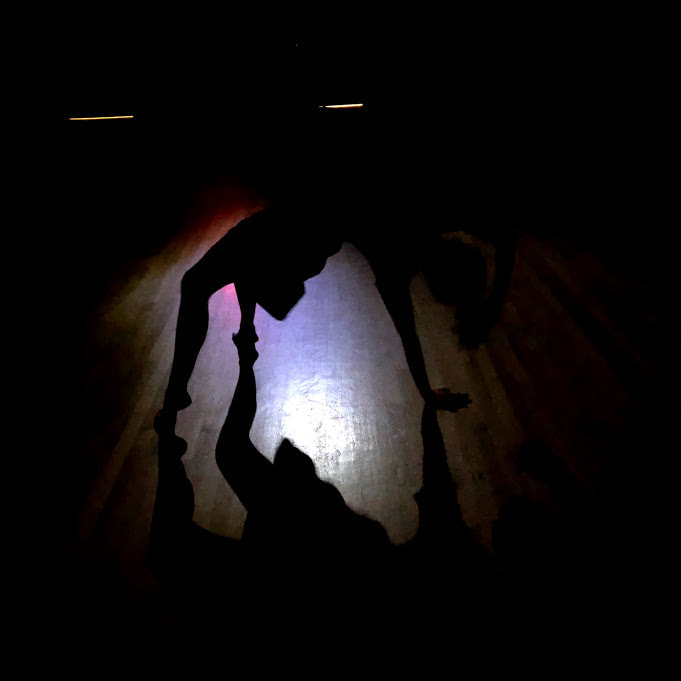
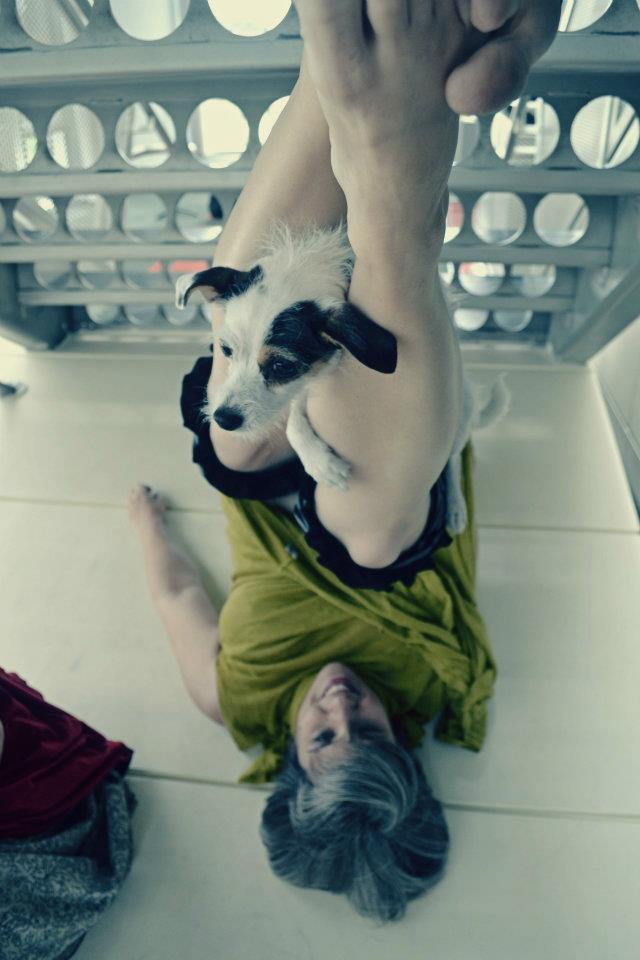
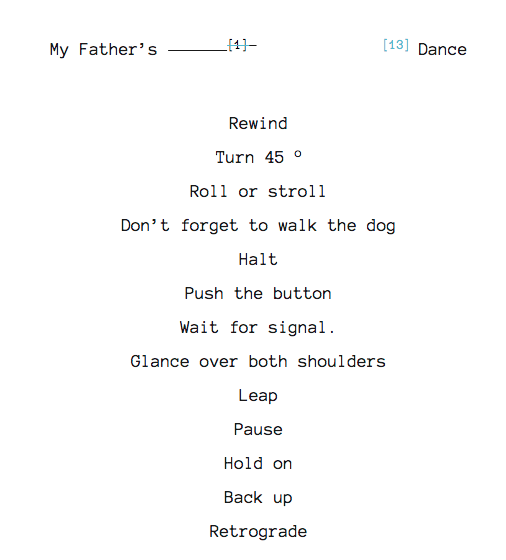
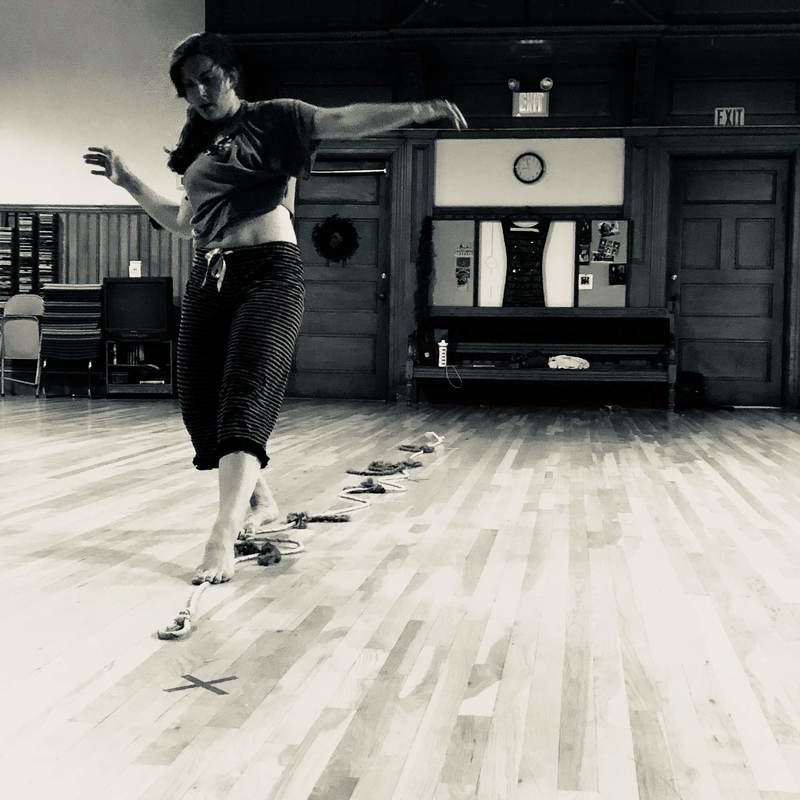
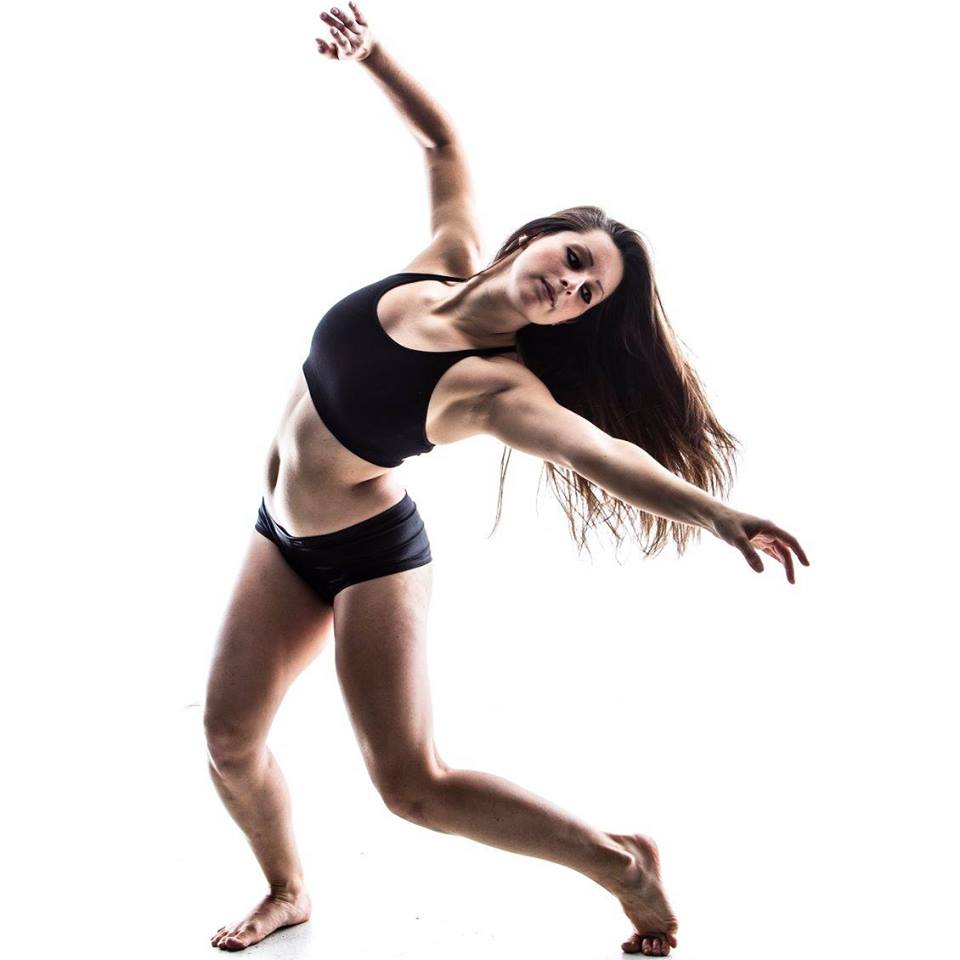
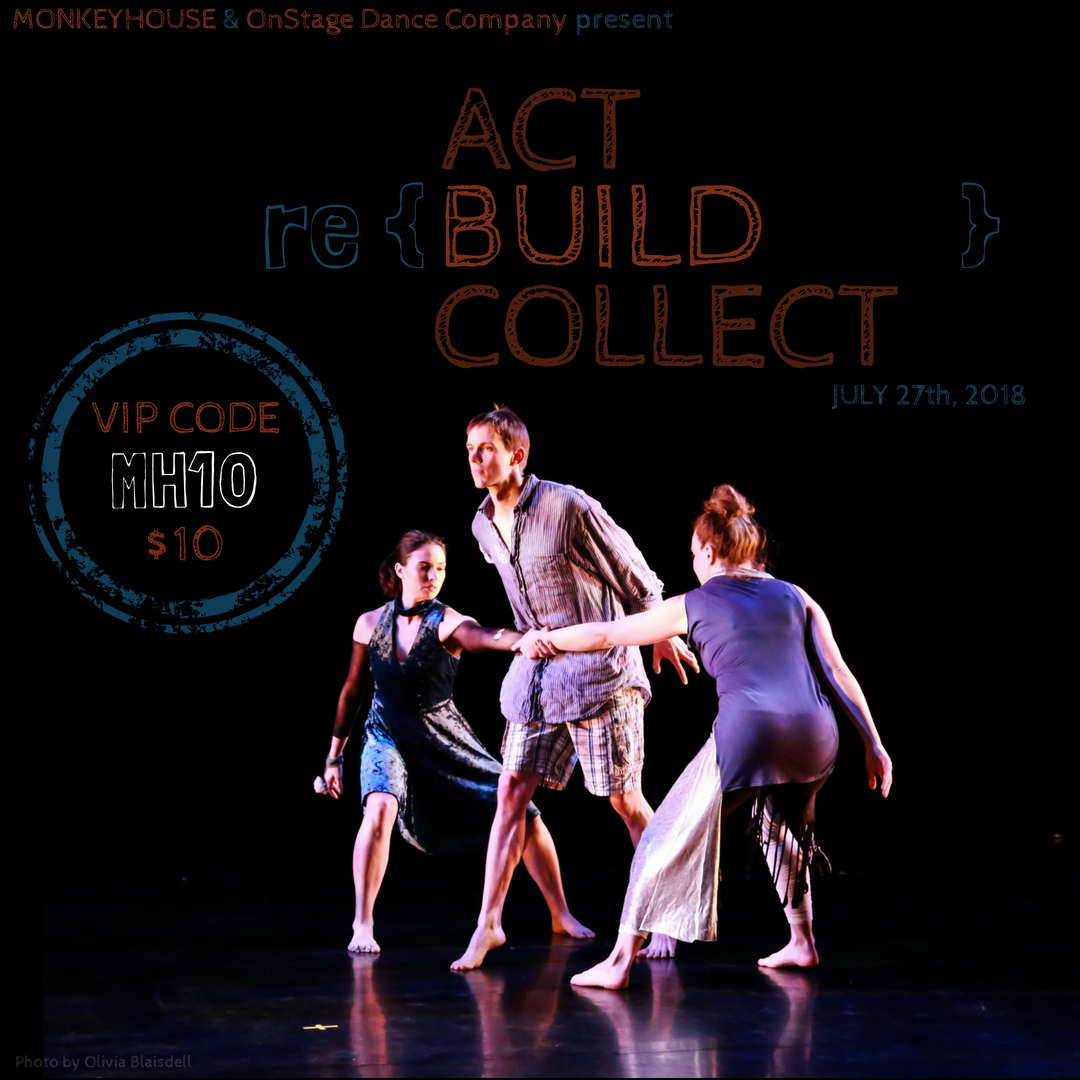
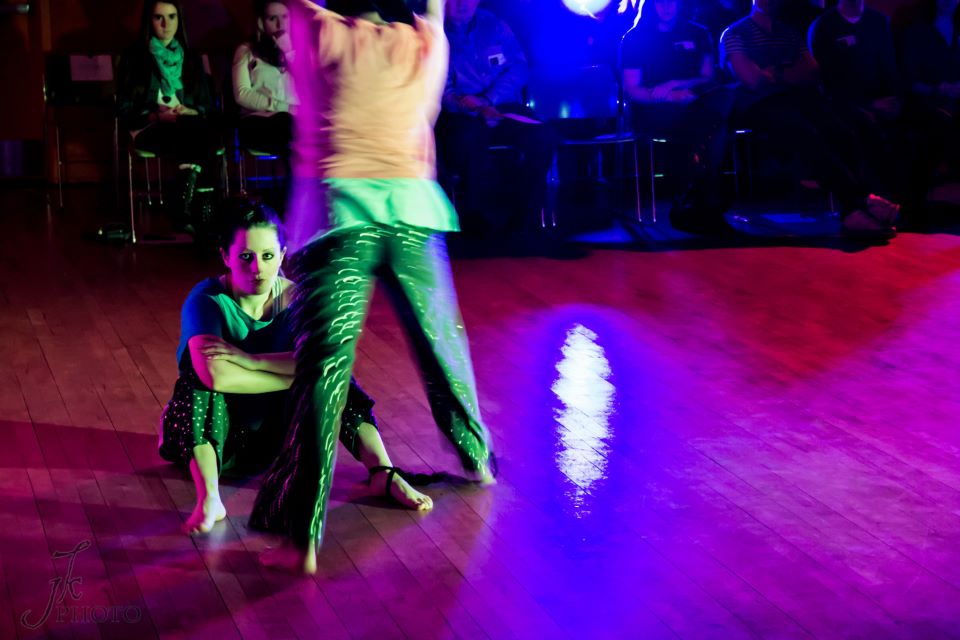
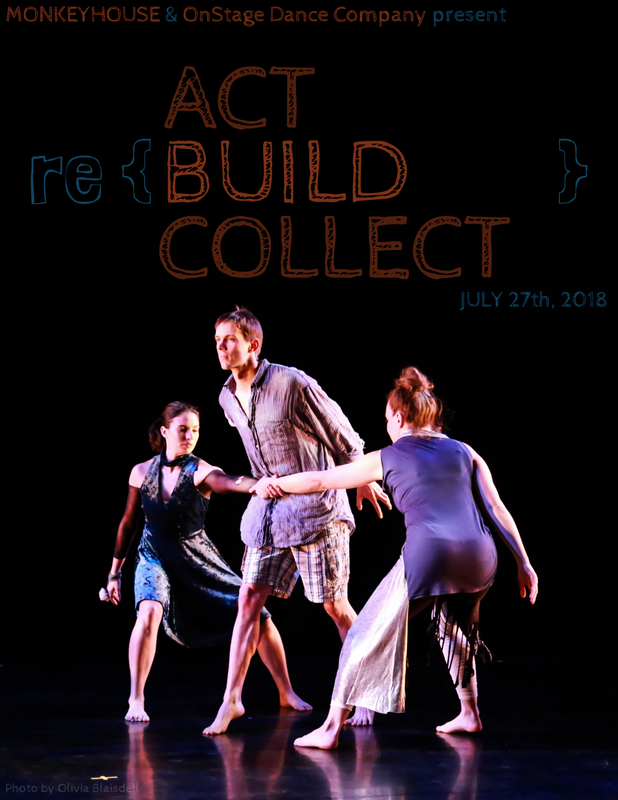
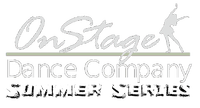
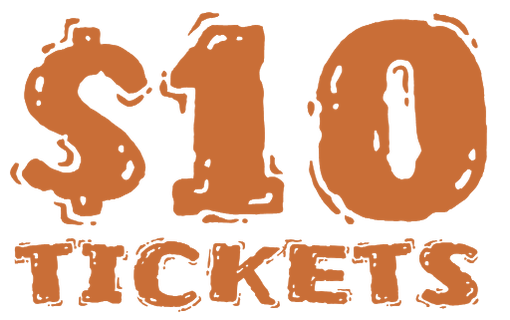
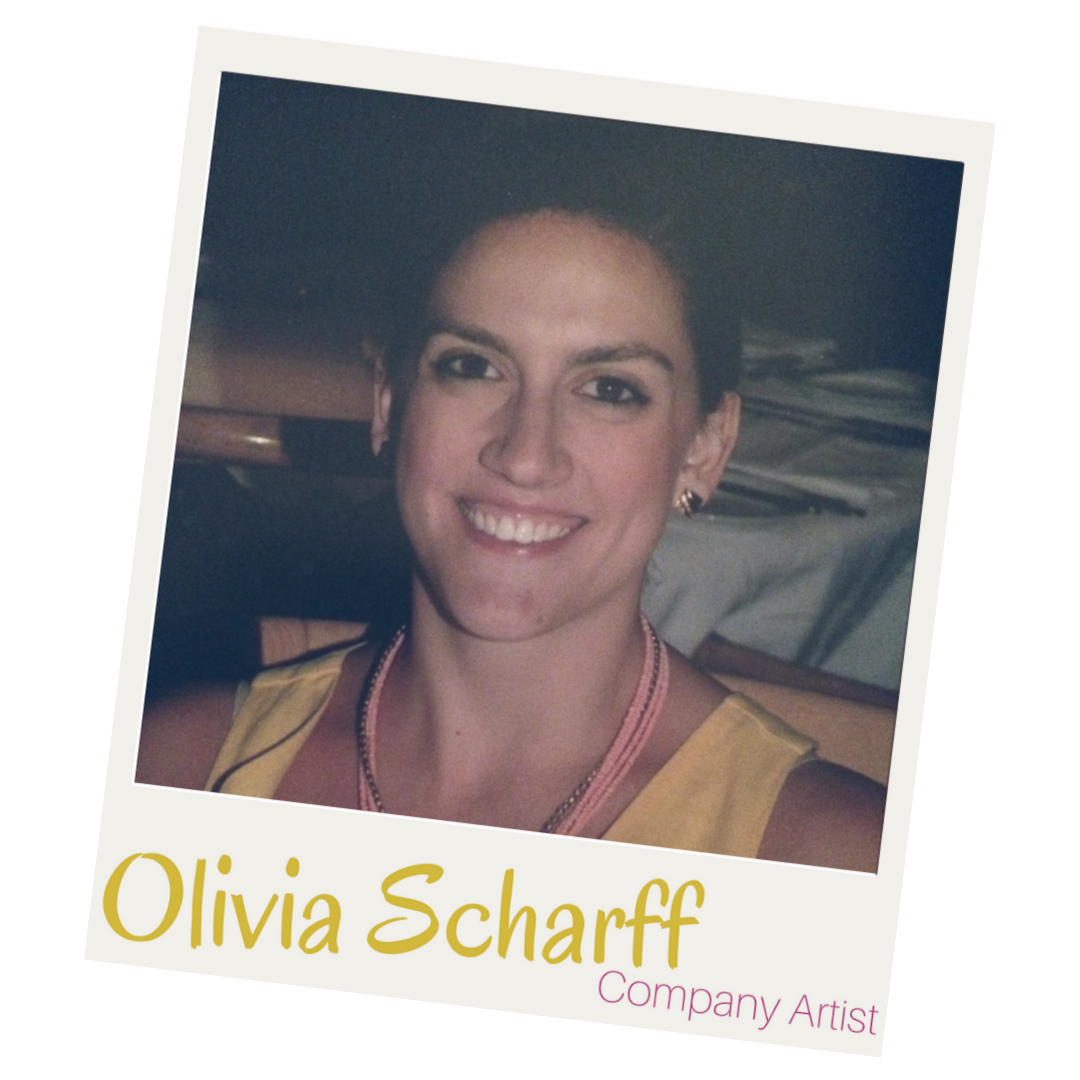
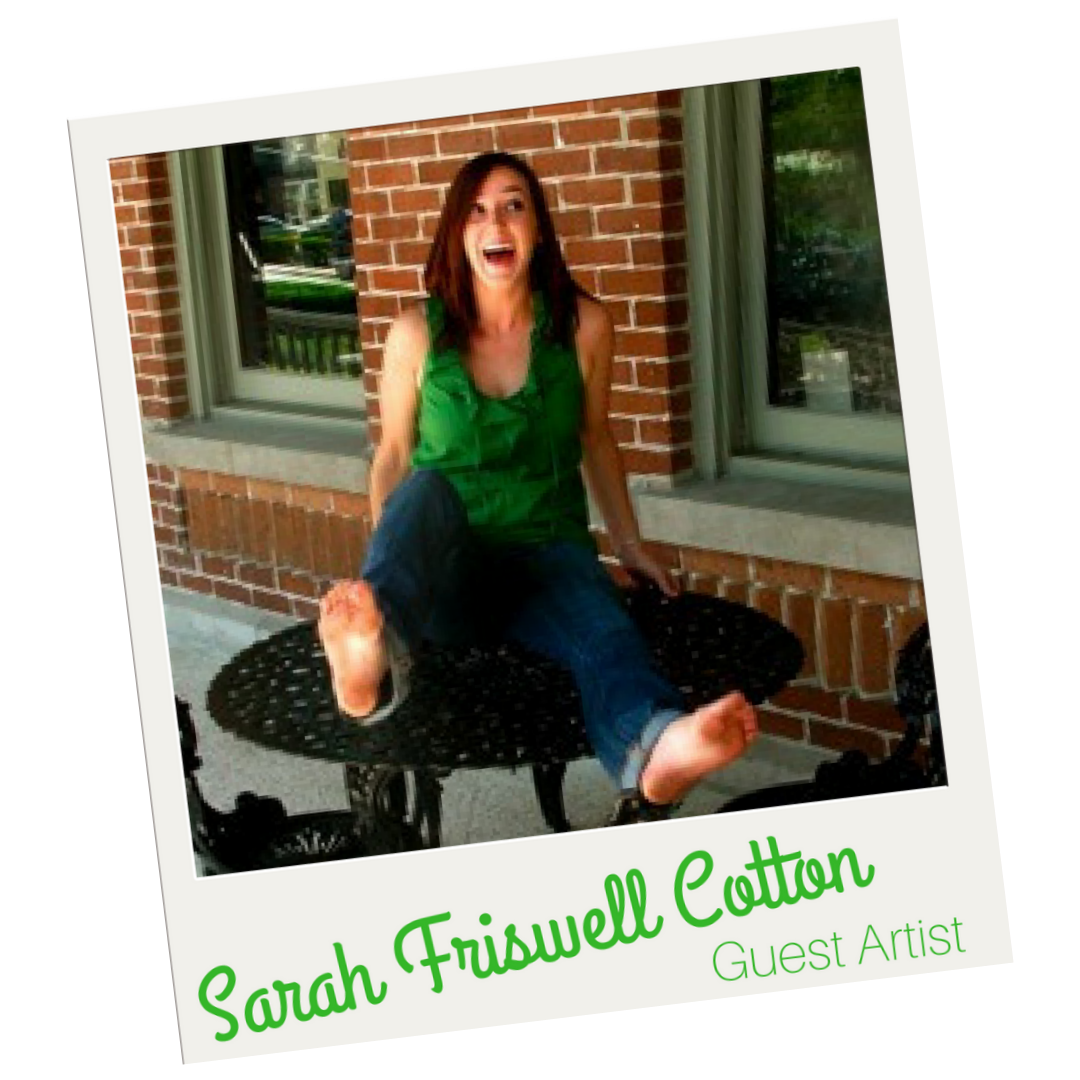
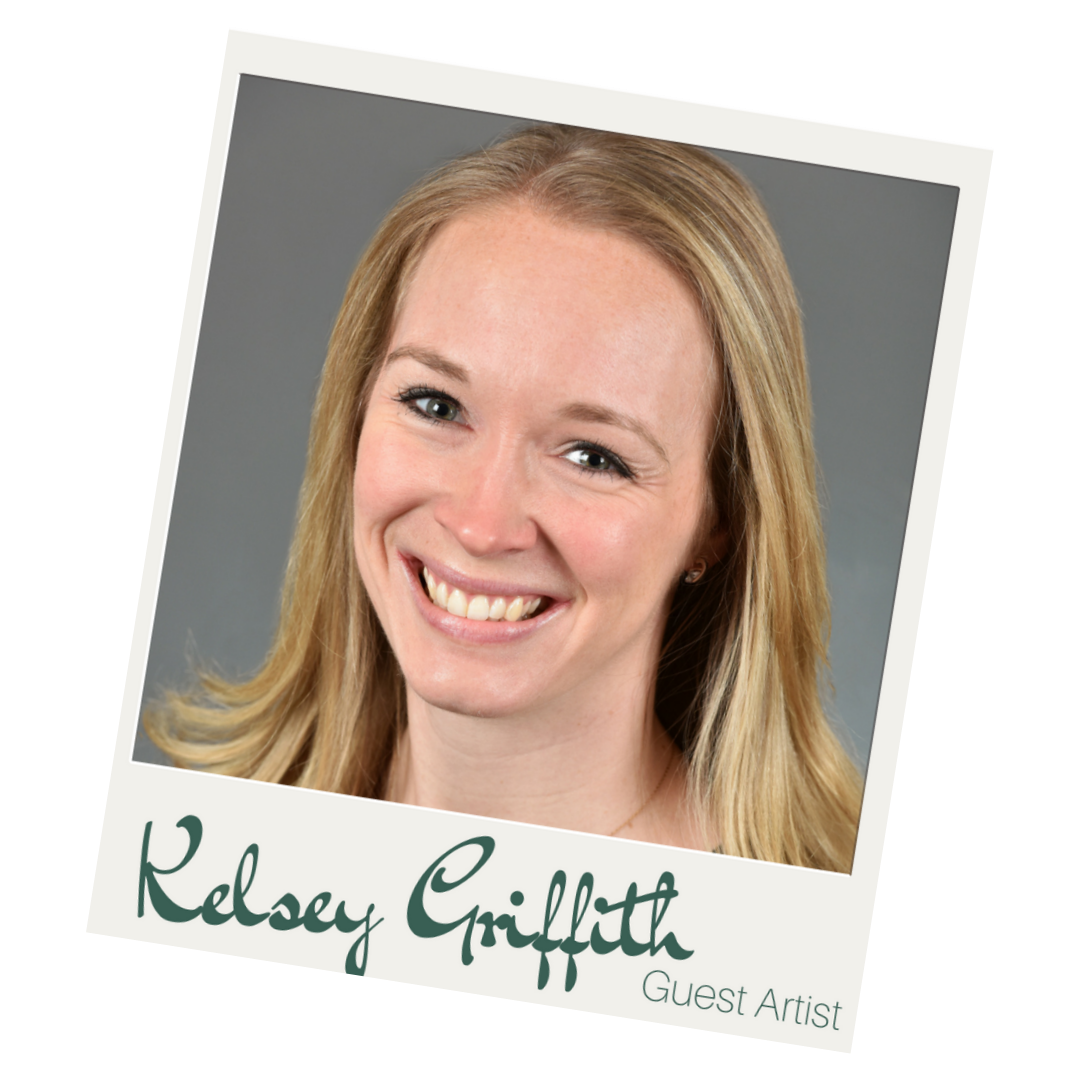
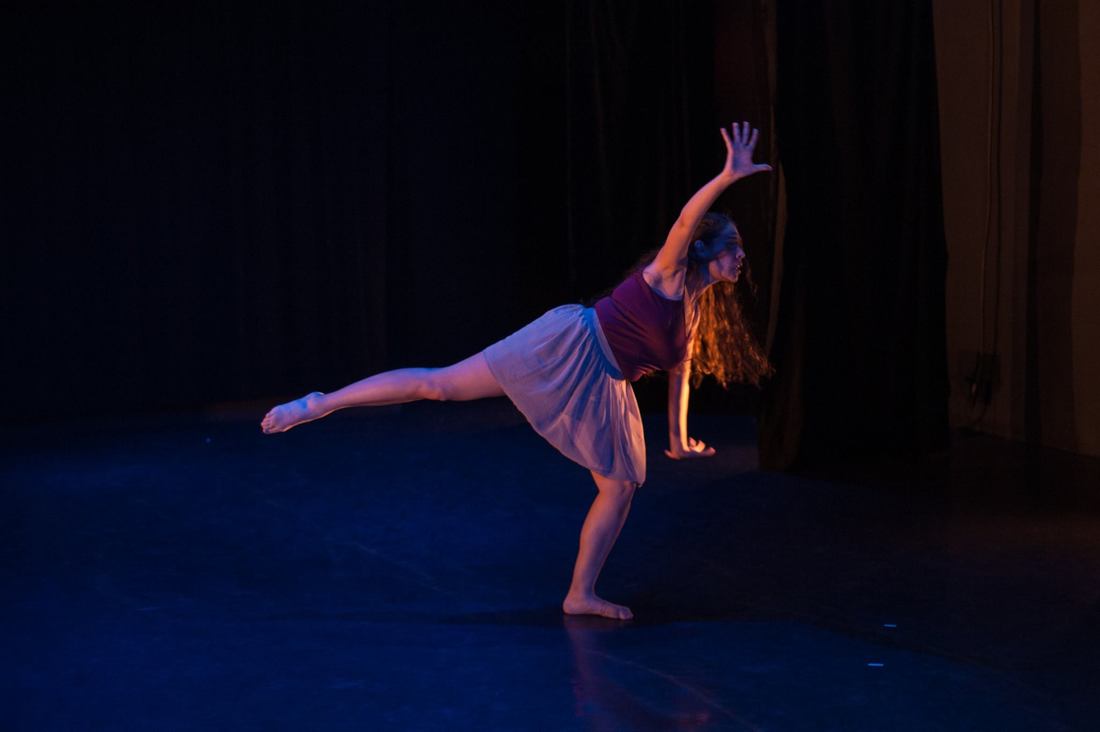
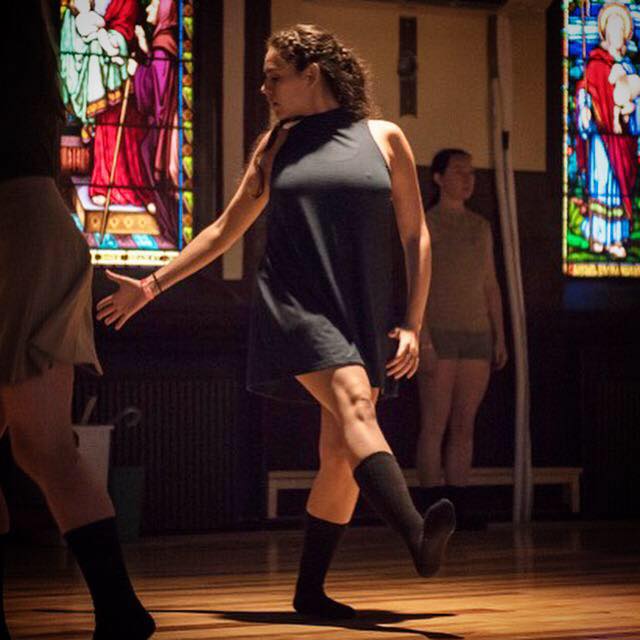
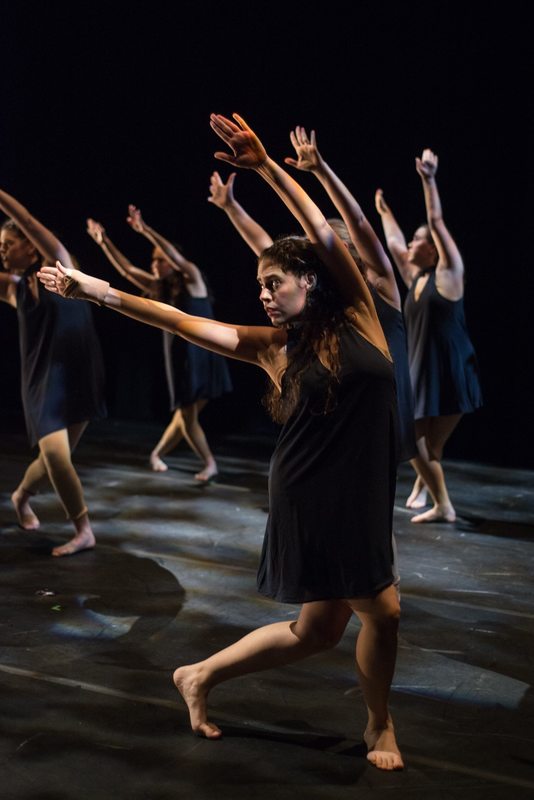

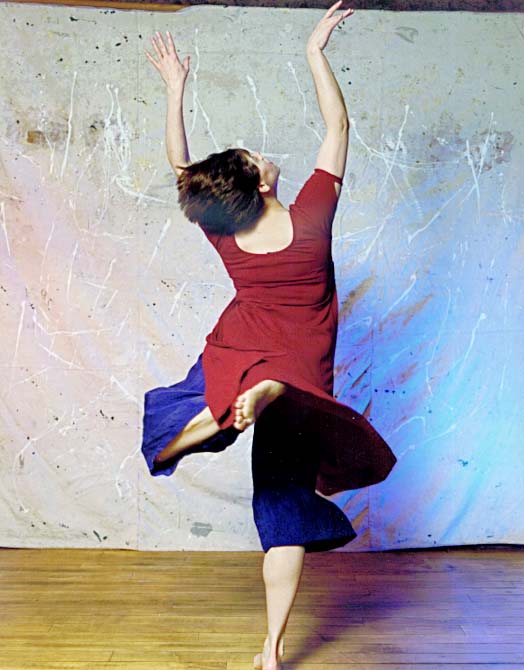
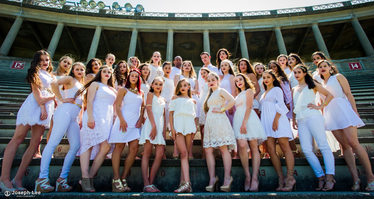
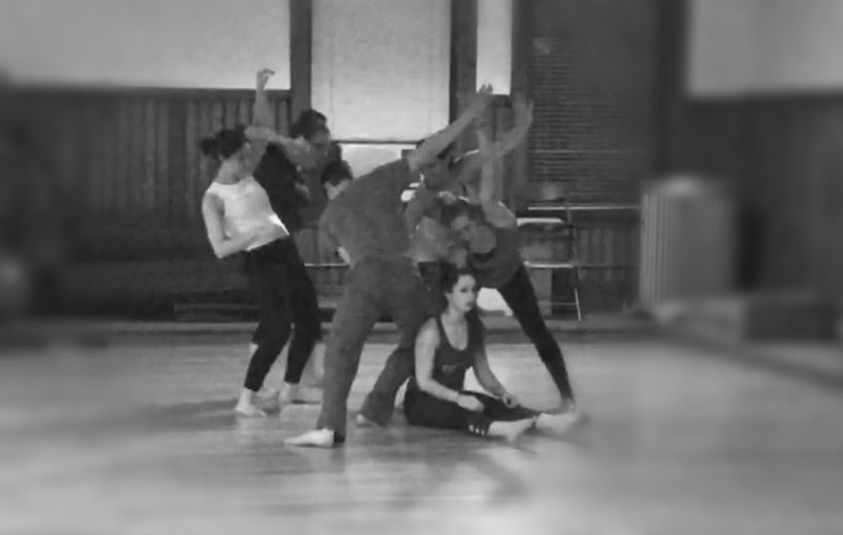
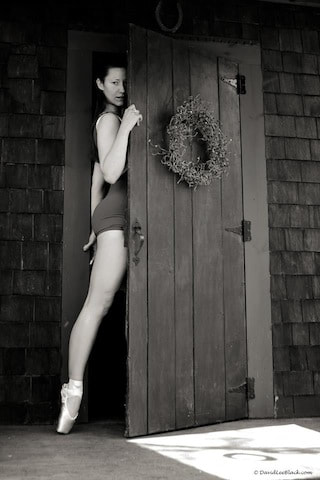
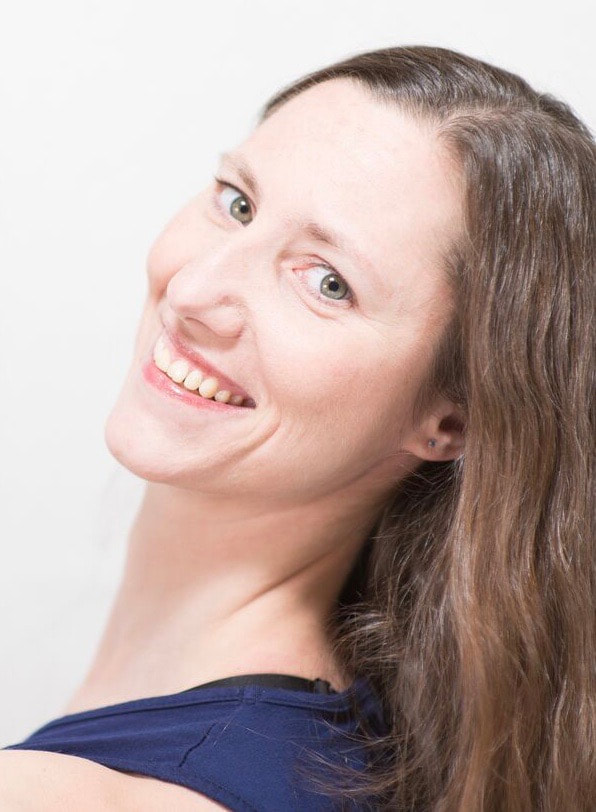


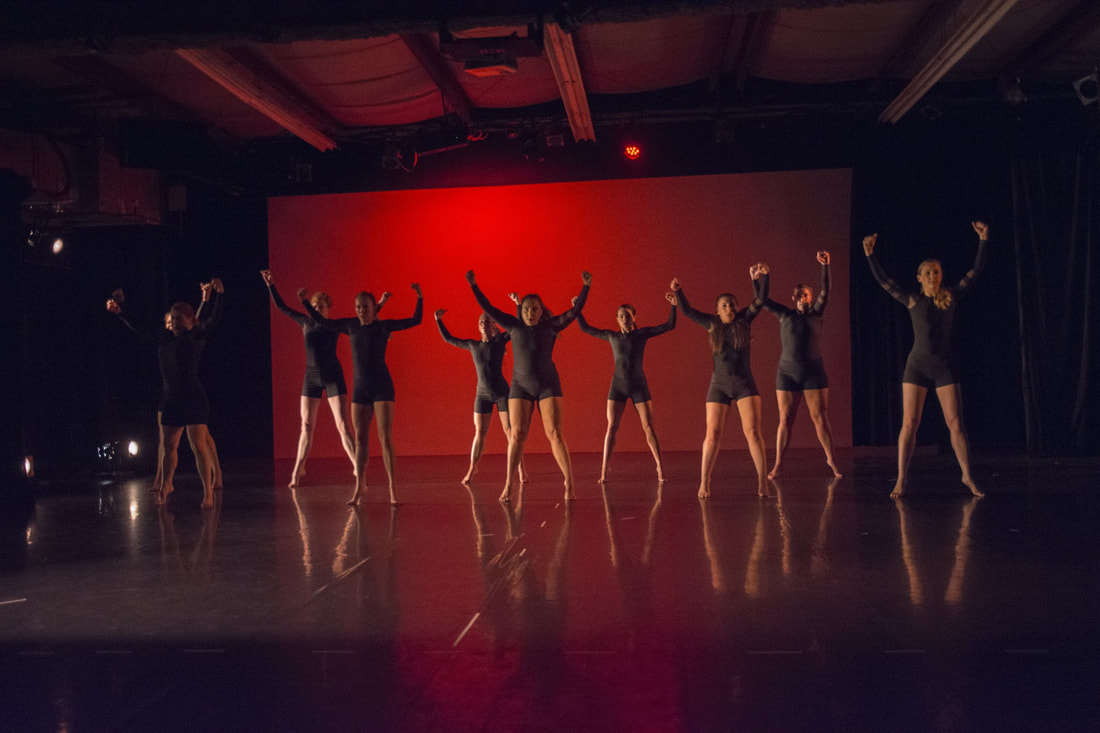
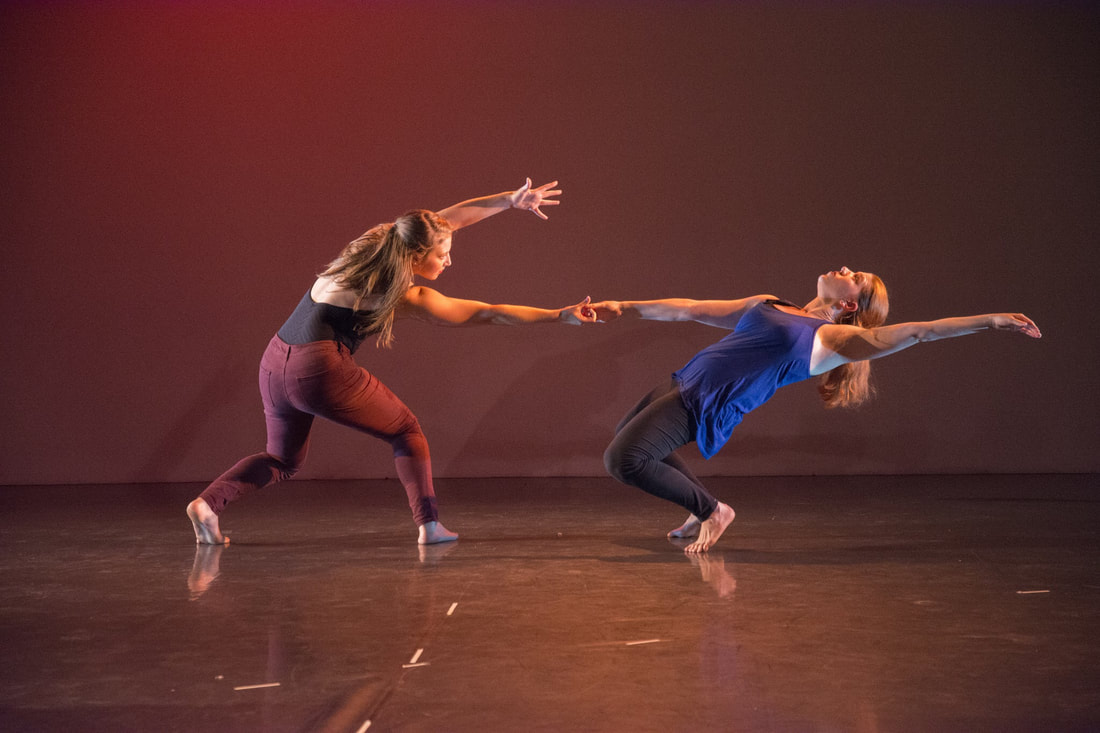
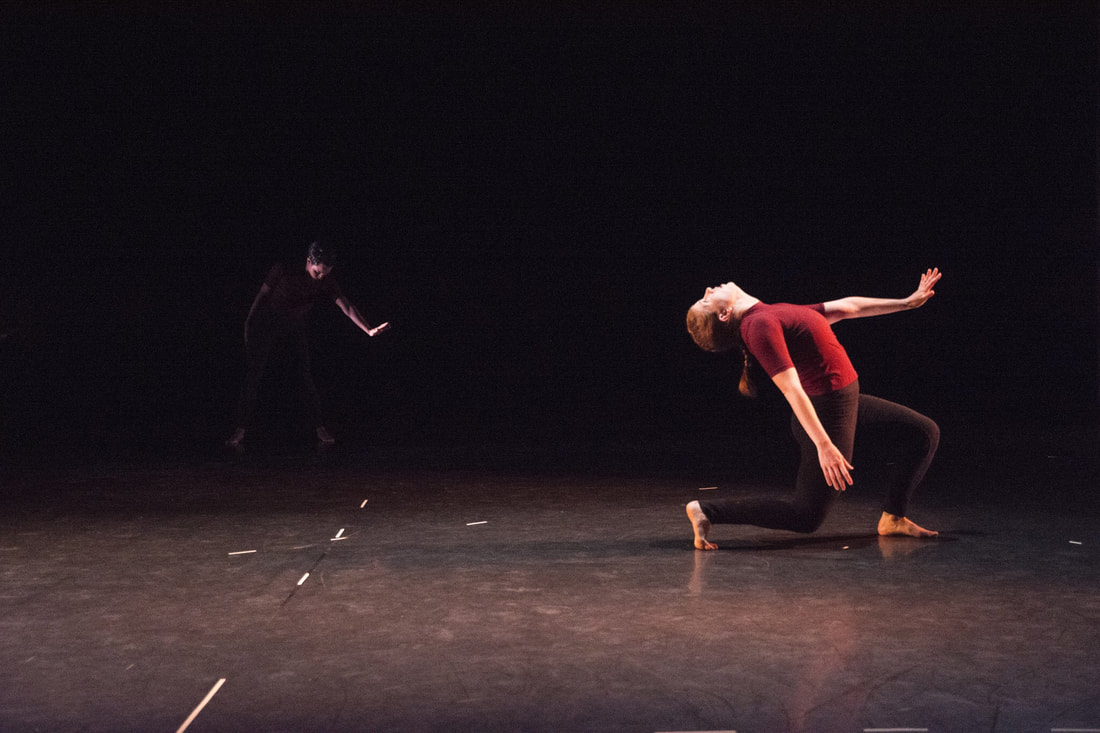

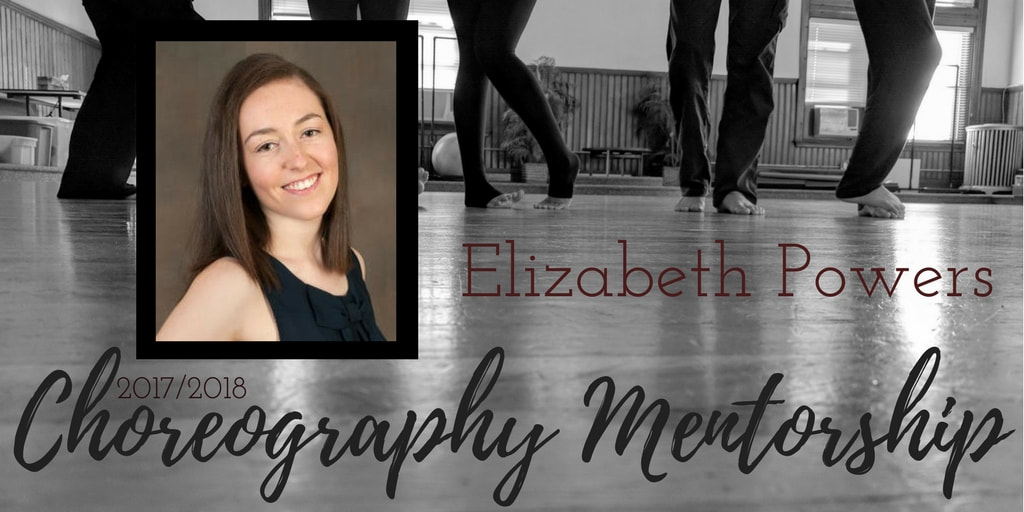
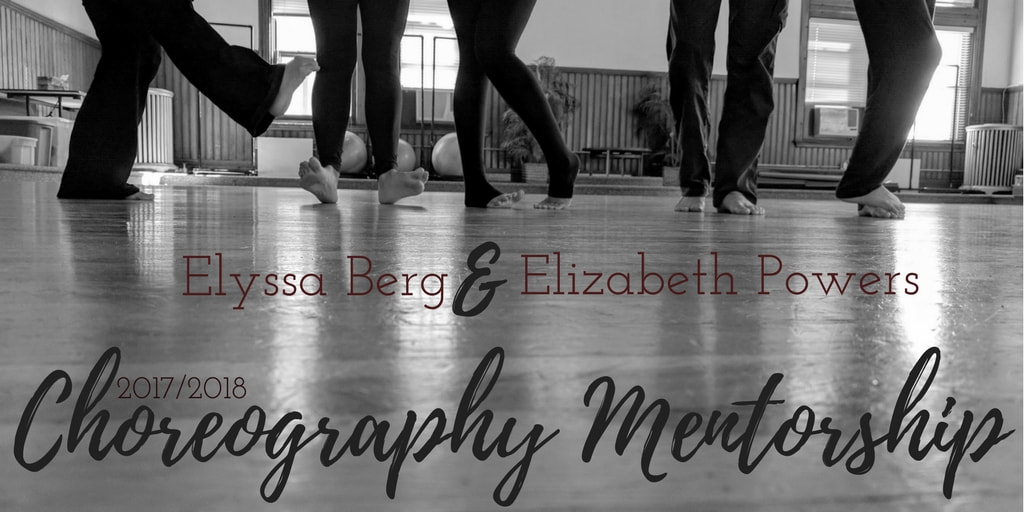
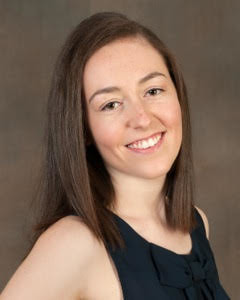
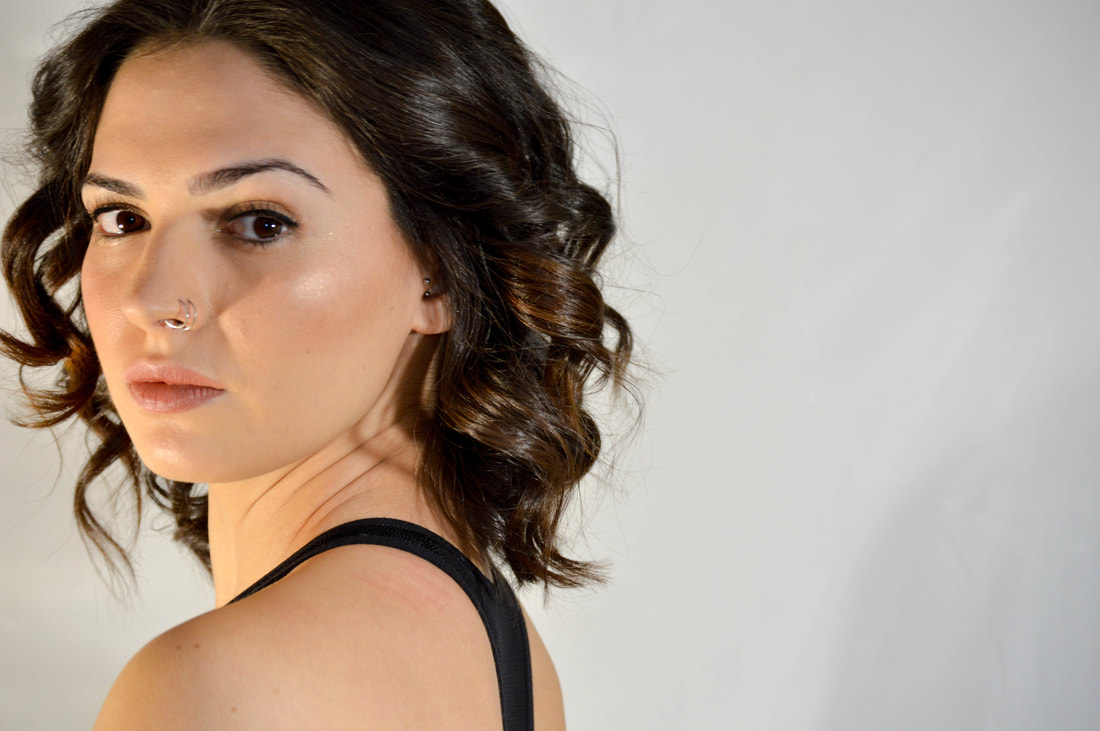
 RSS Feed
RSS Feed
